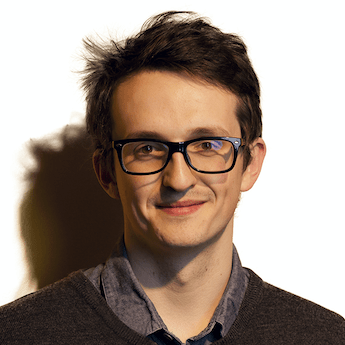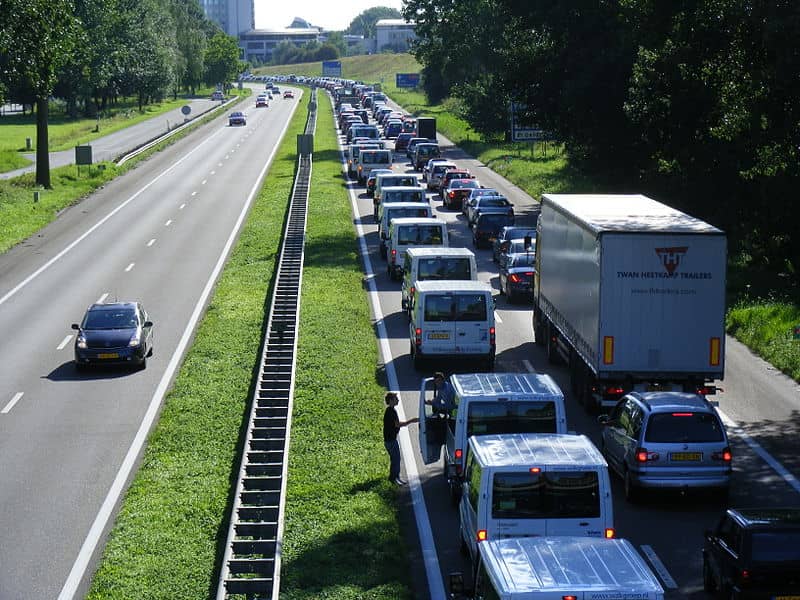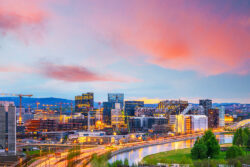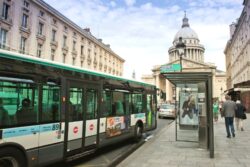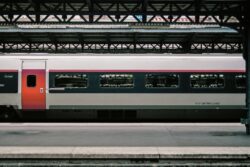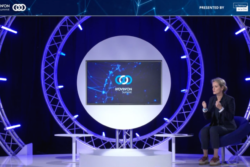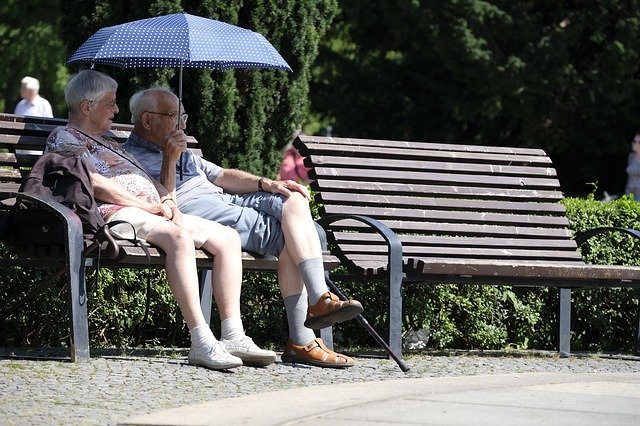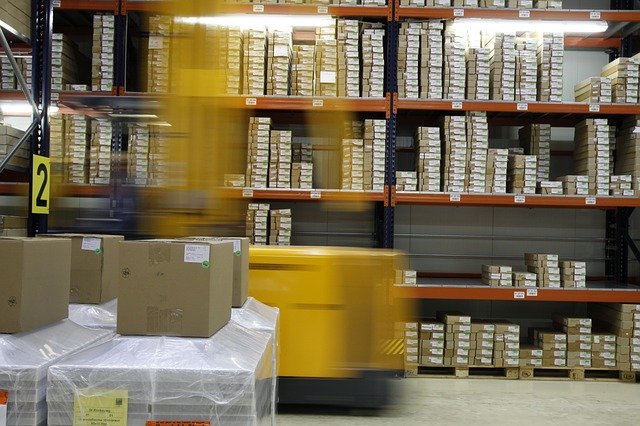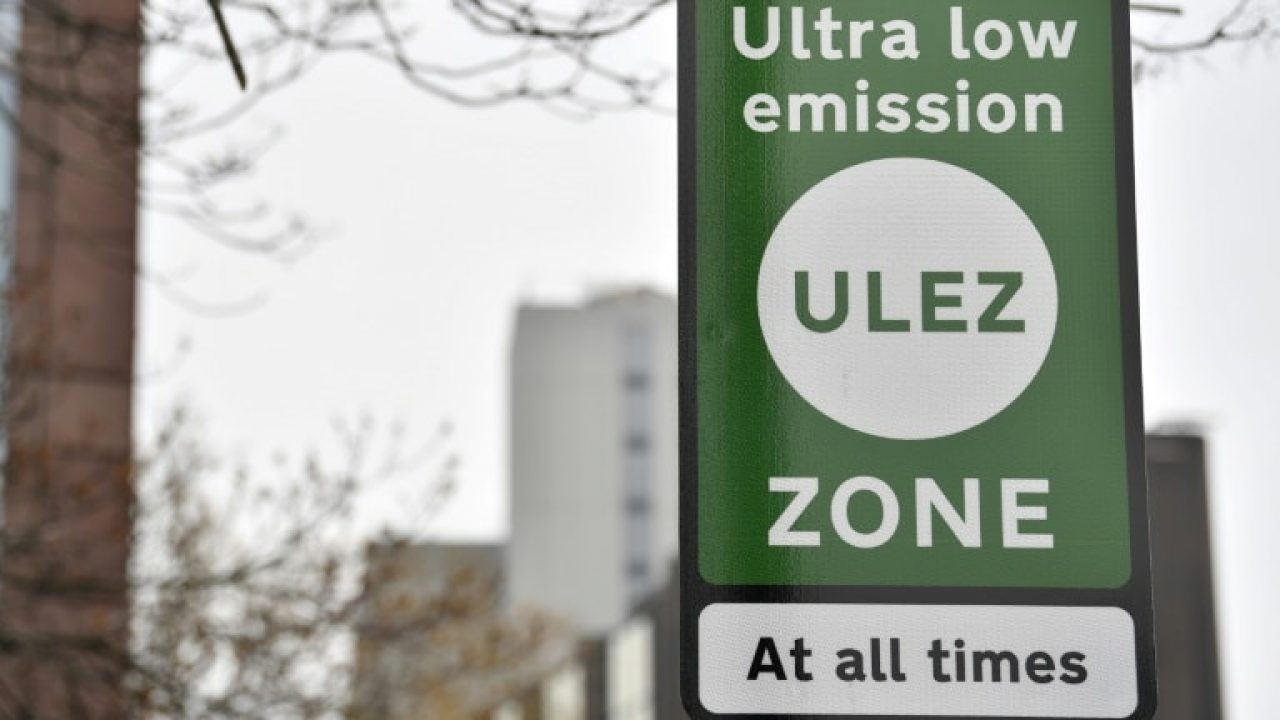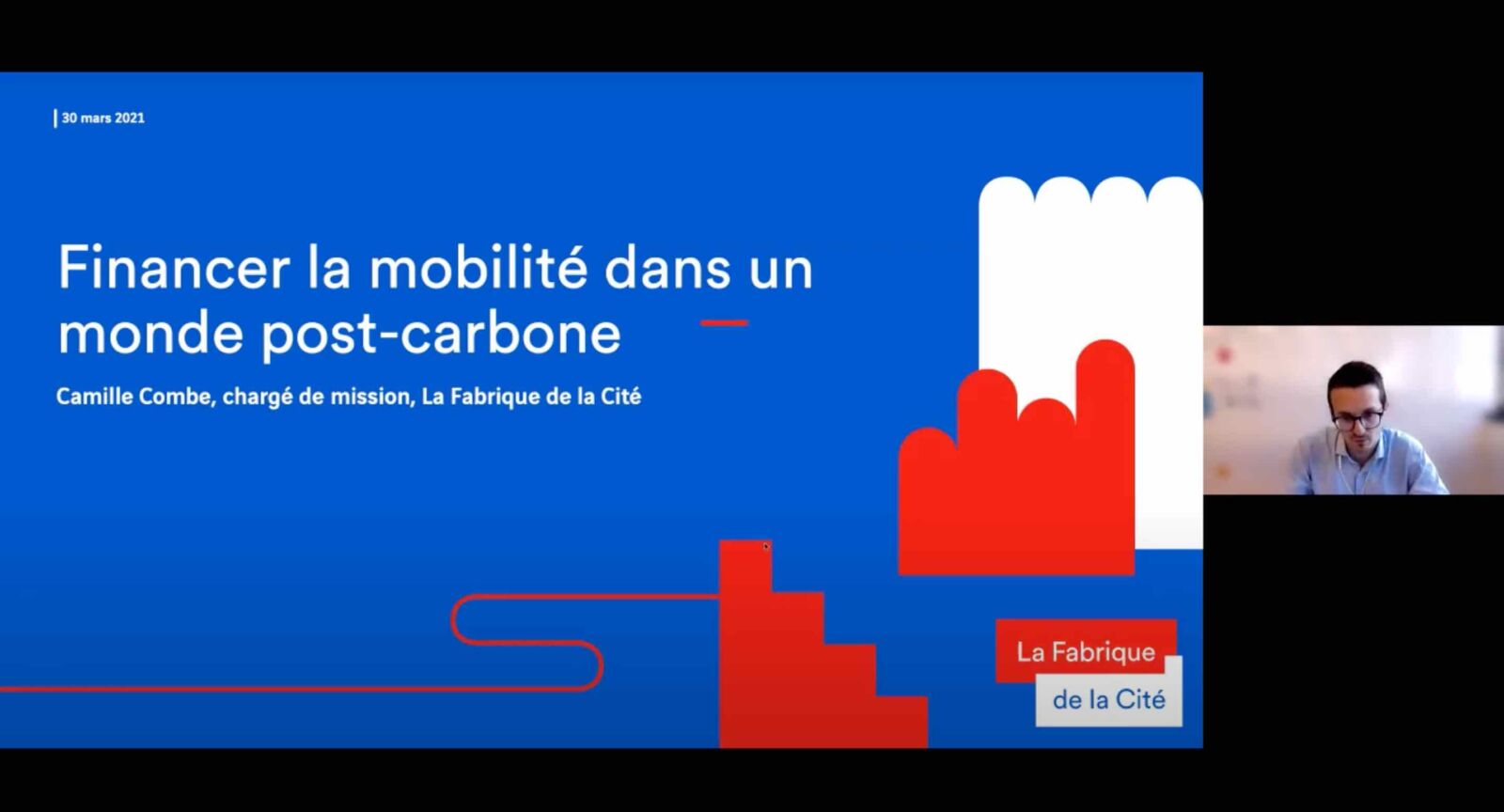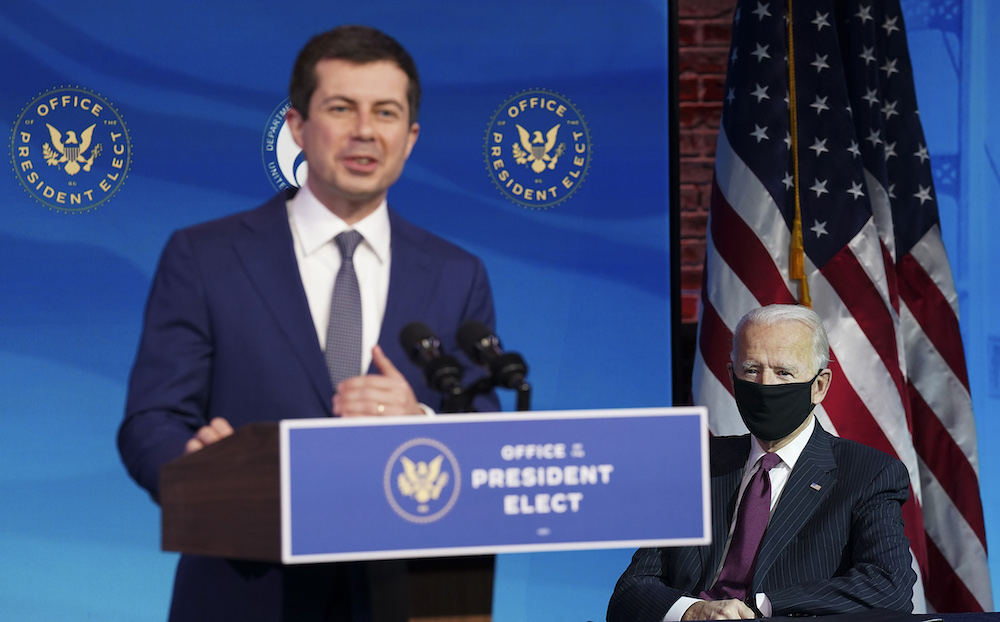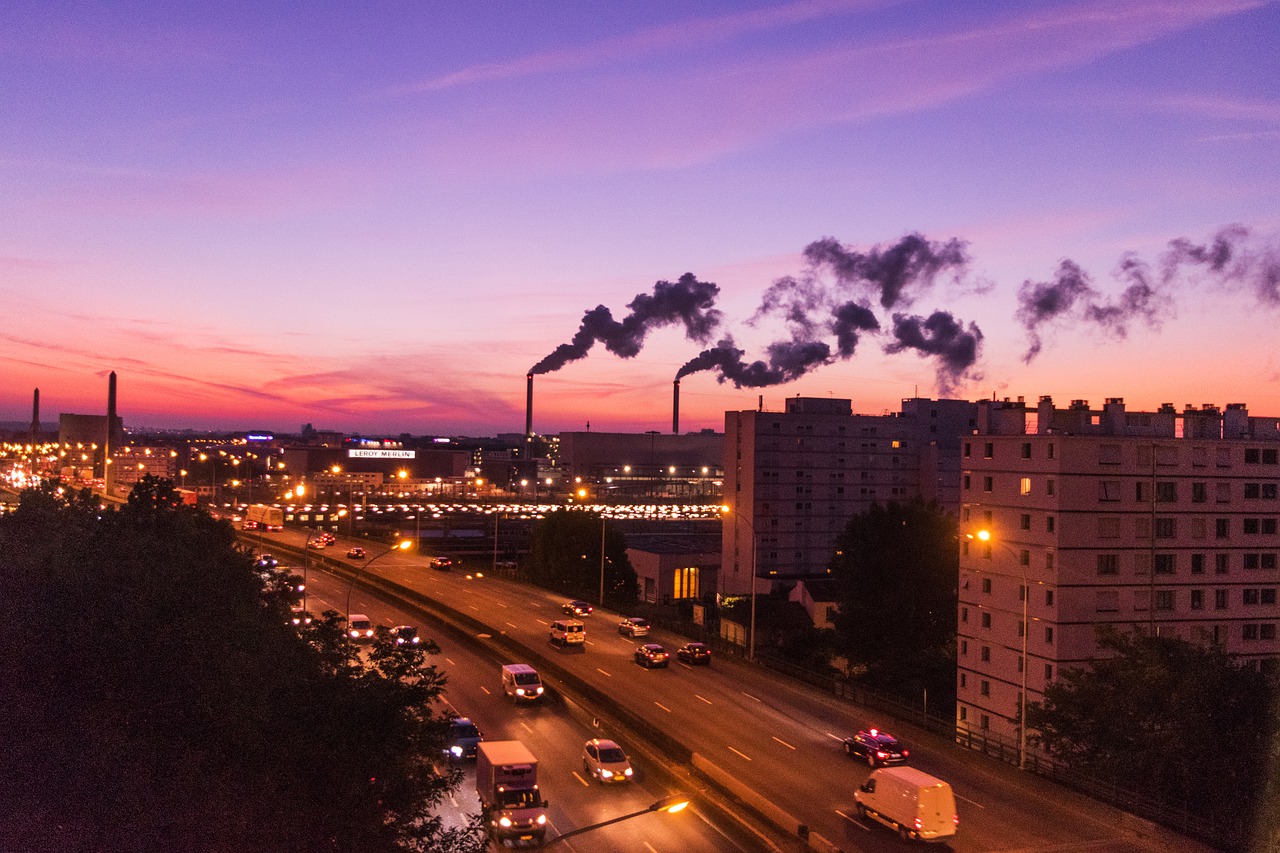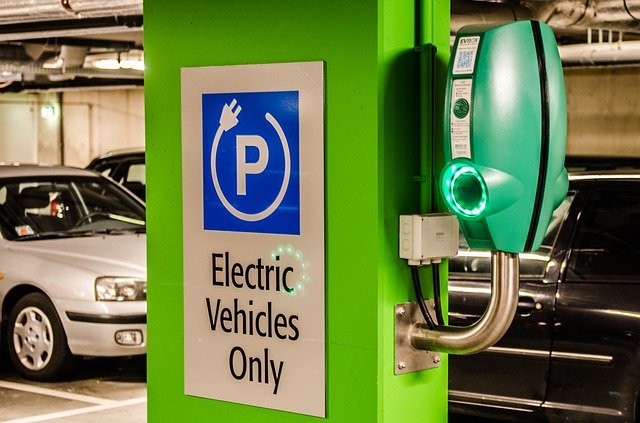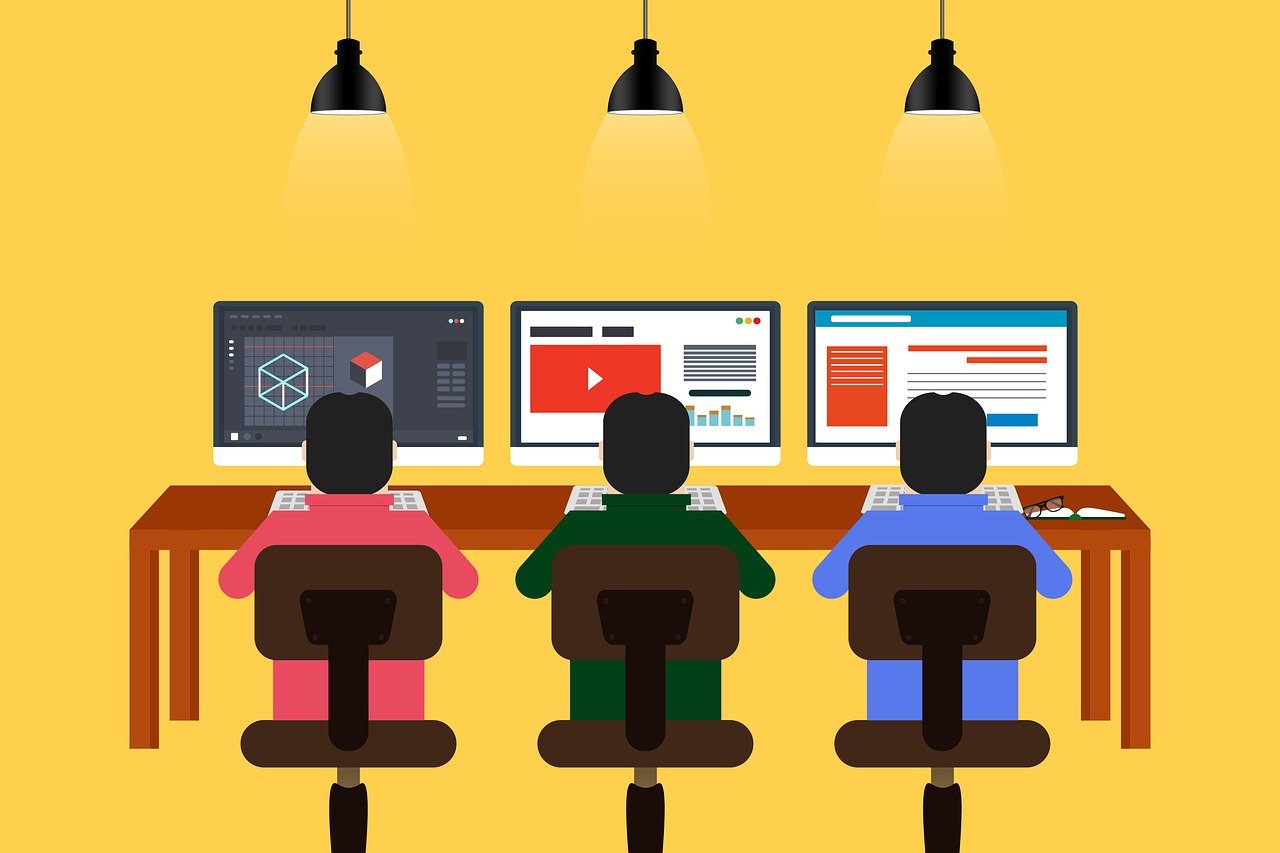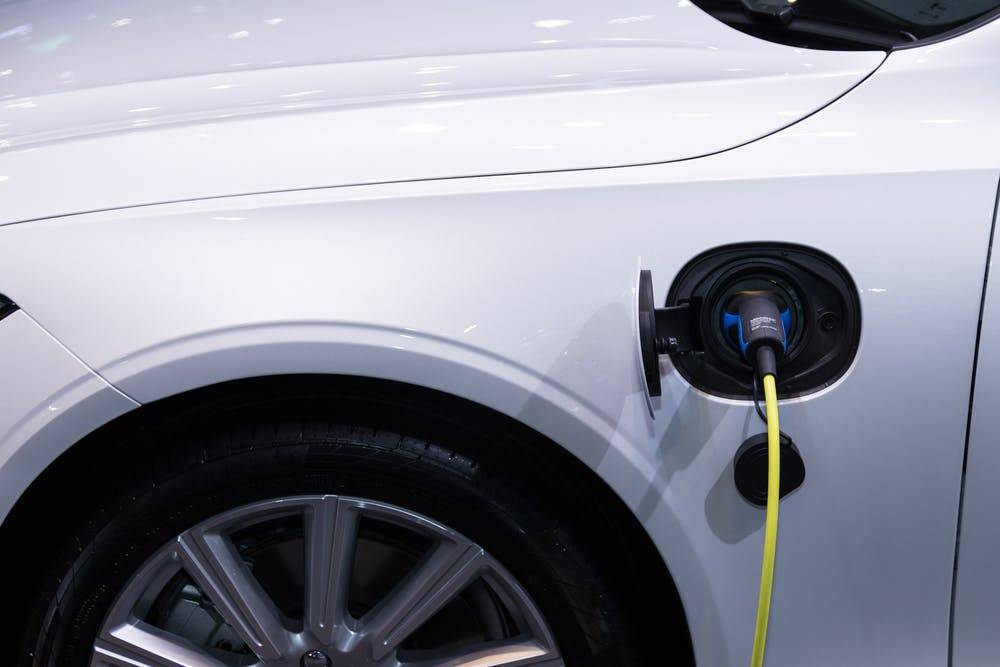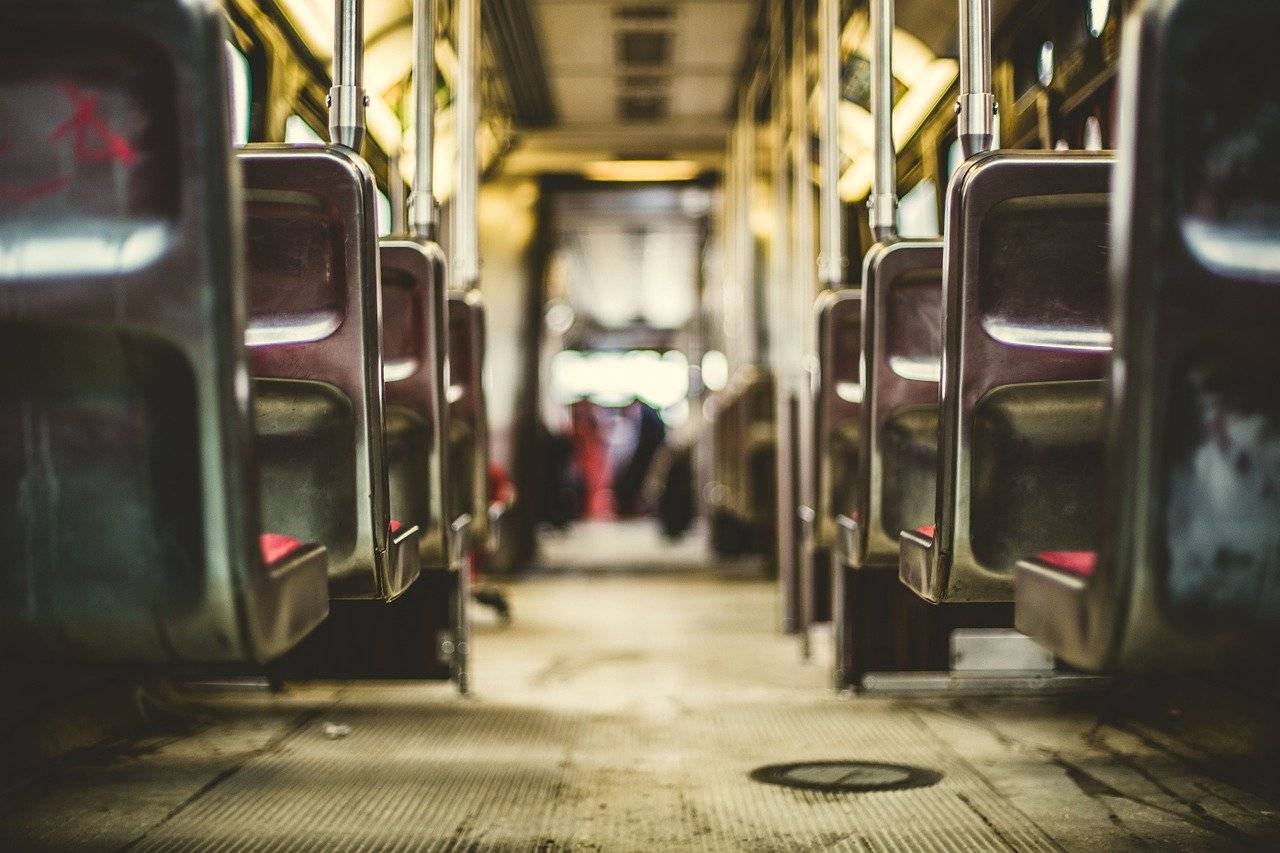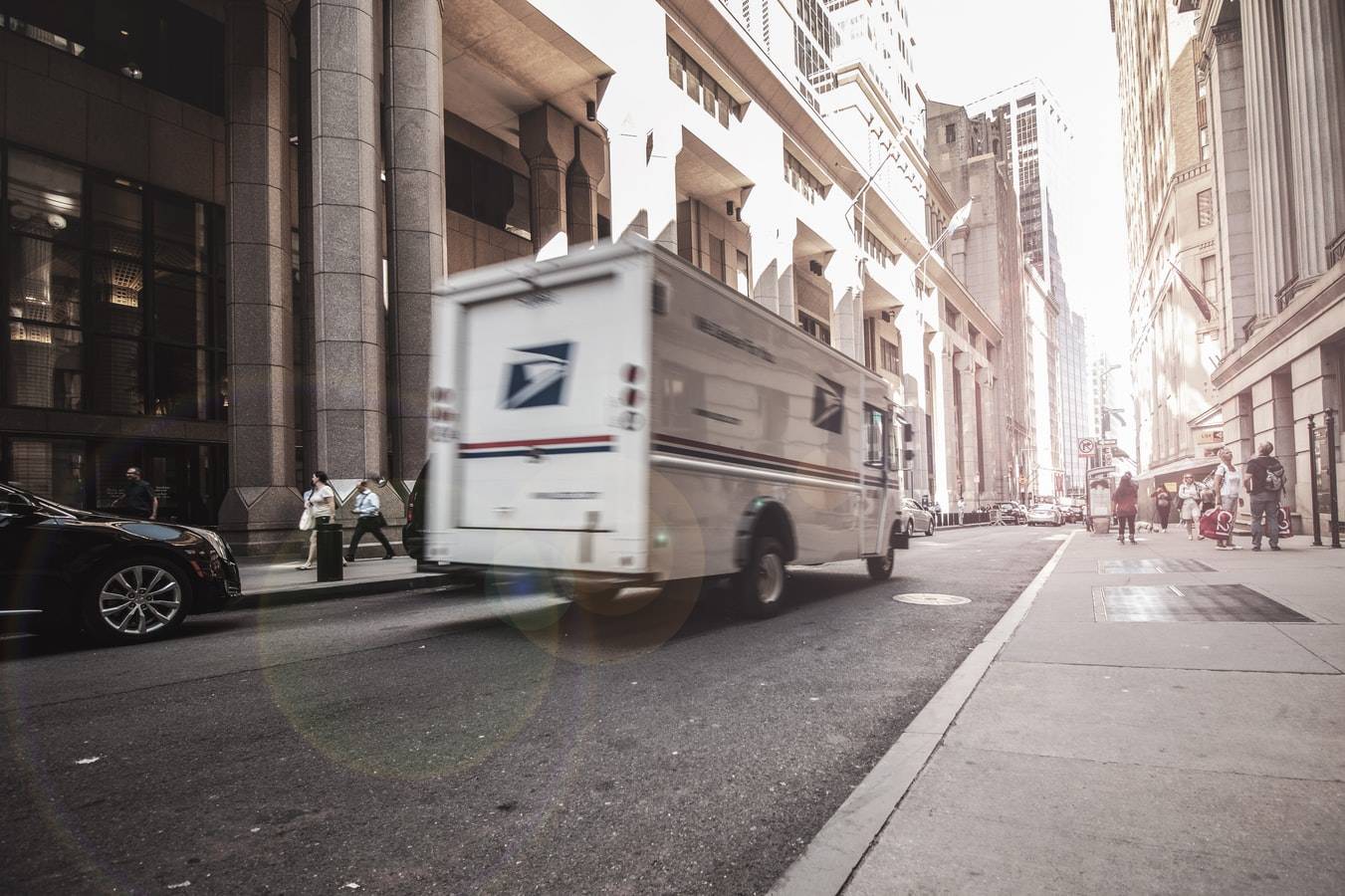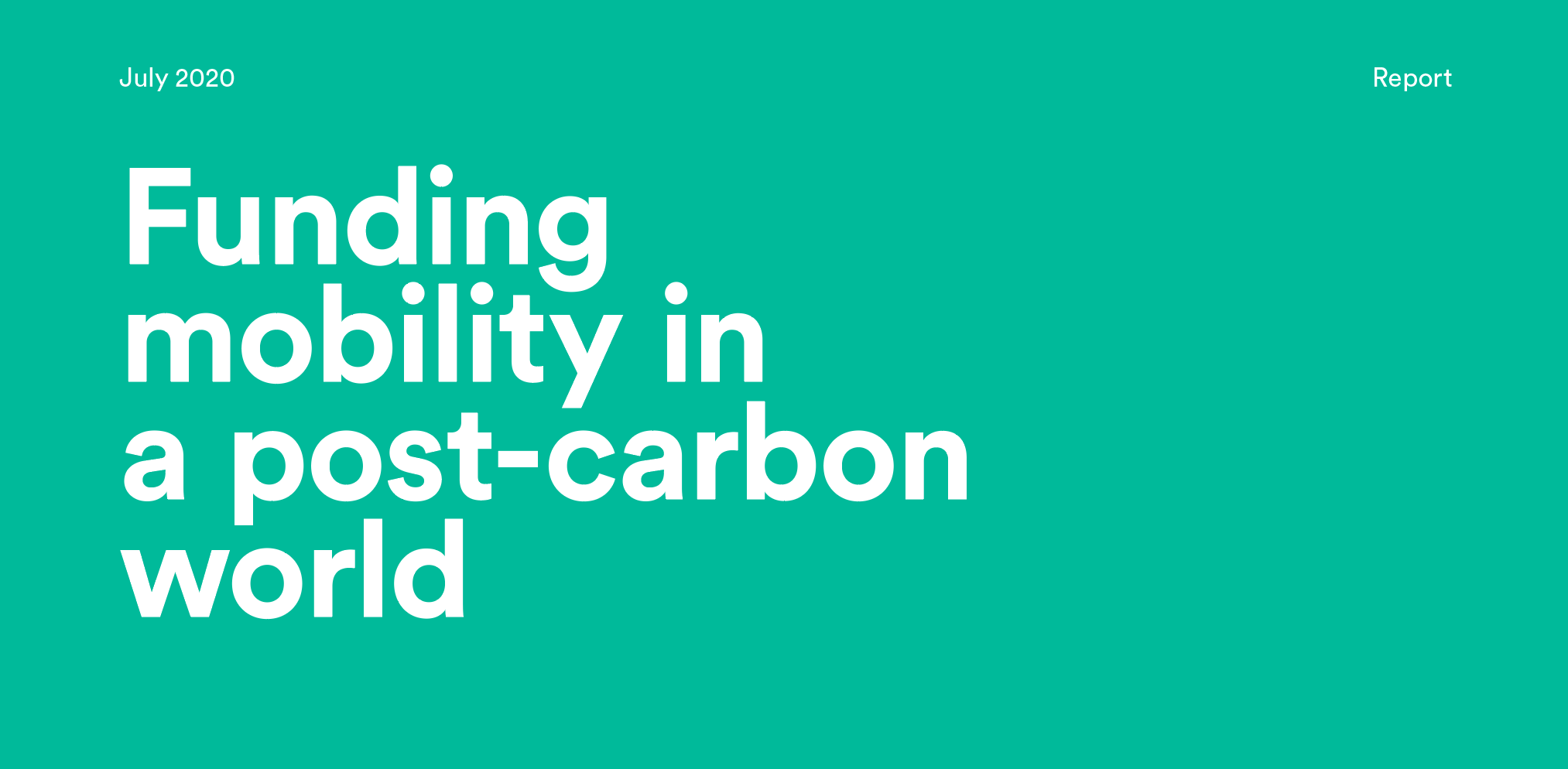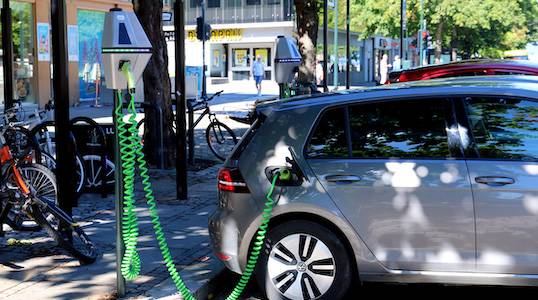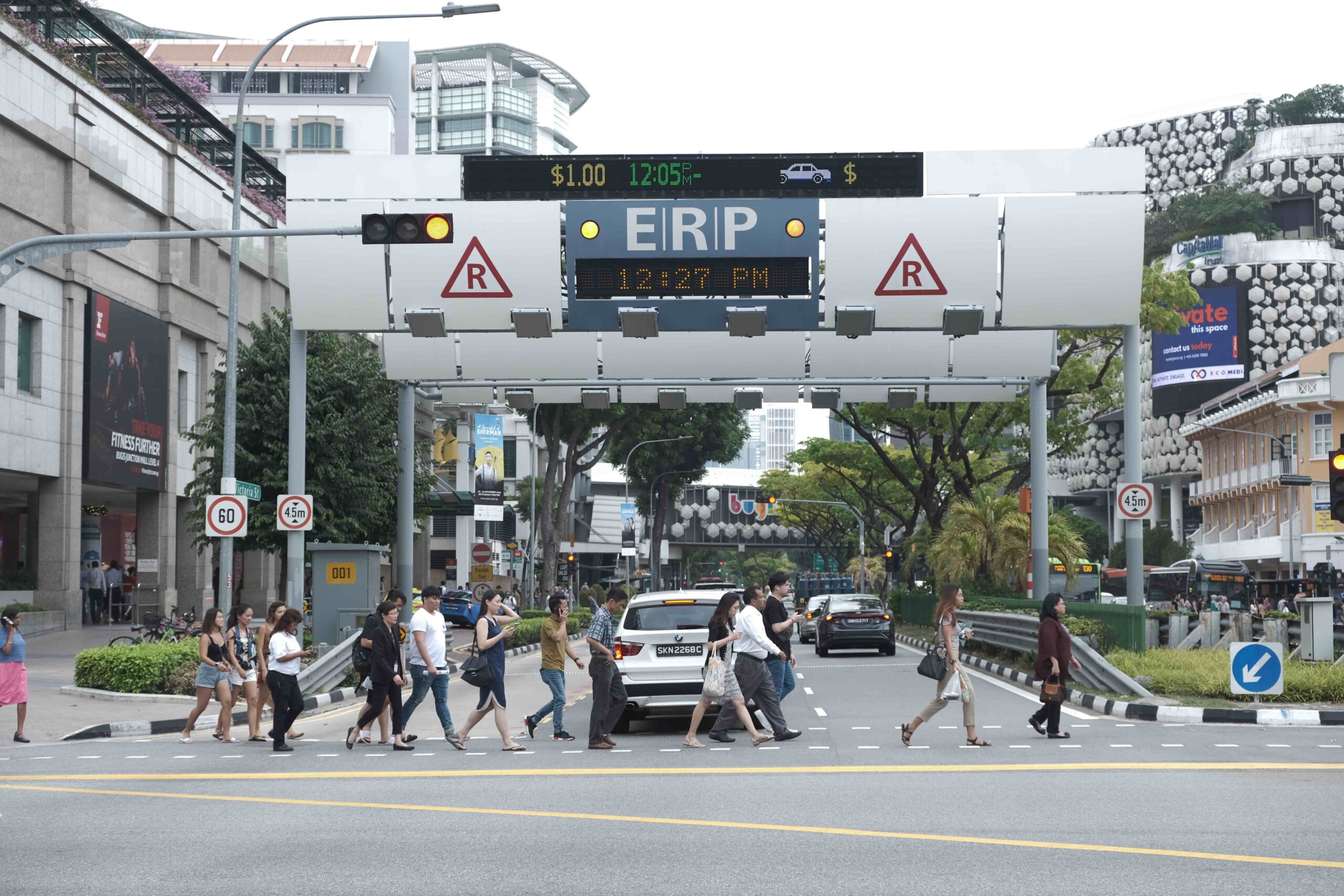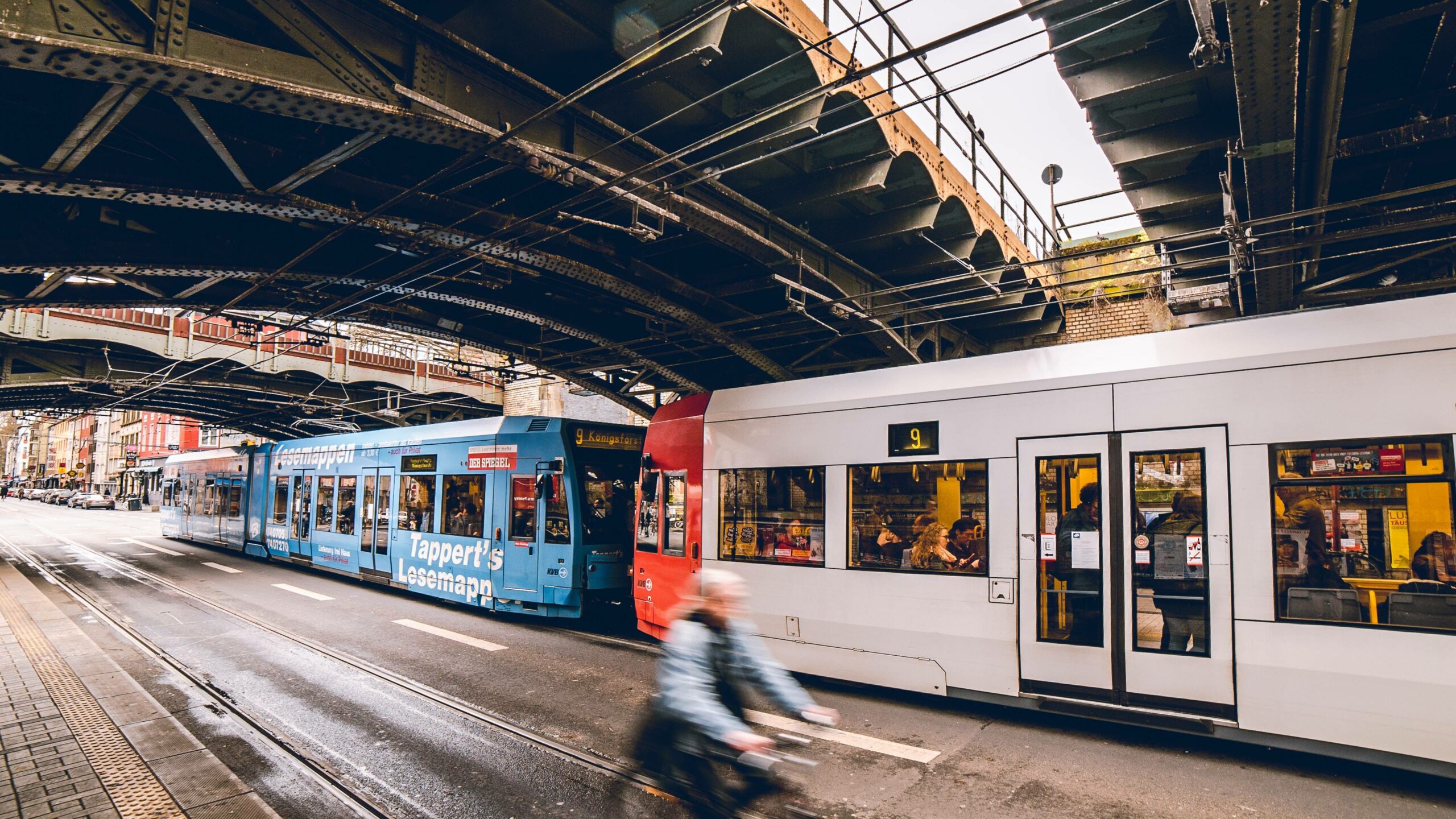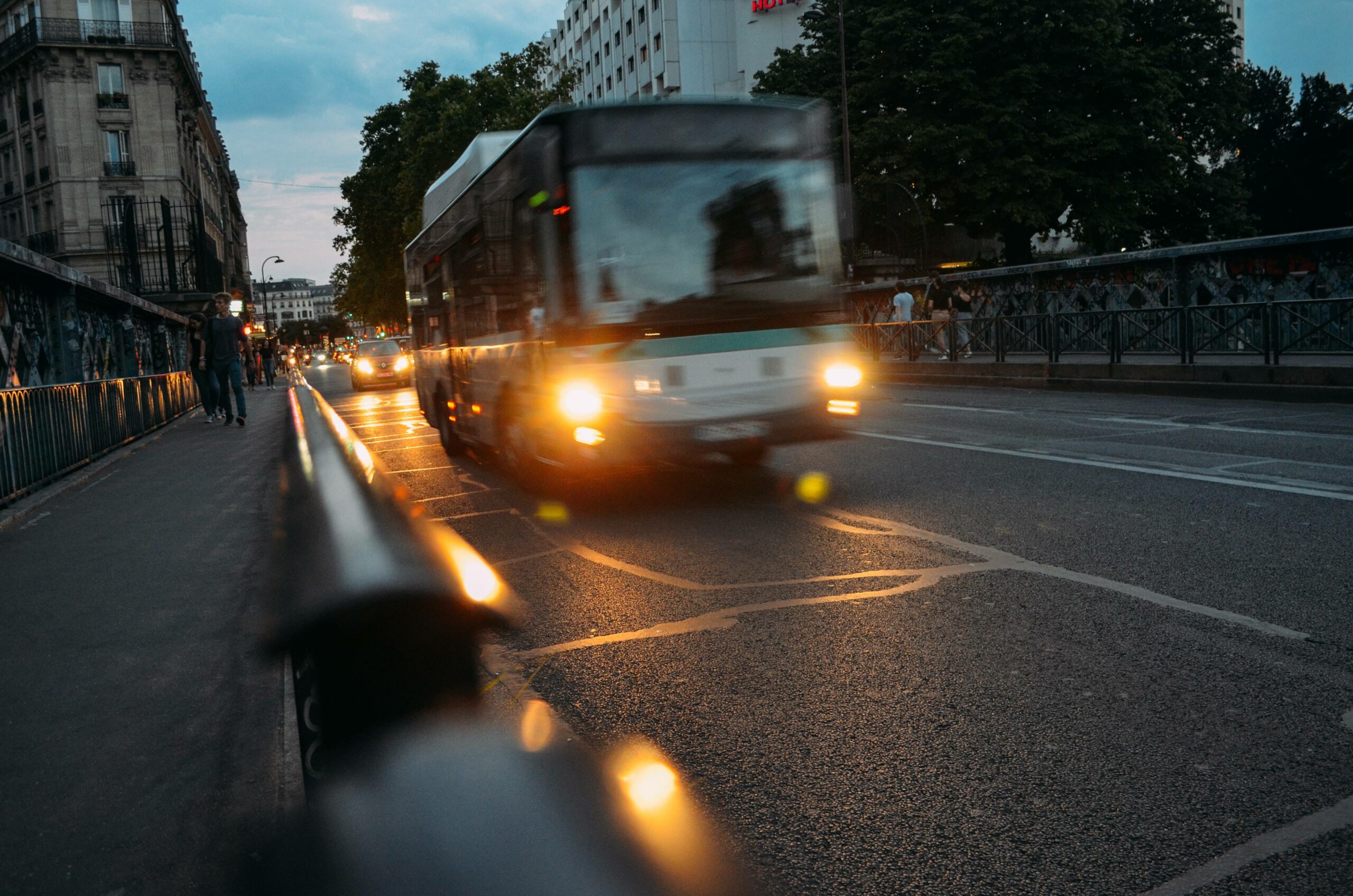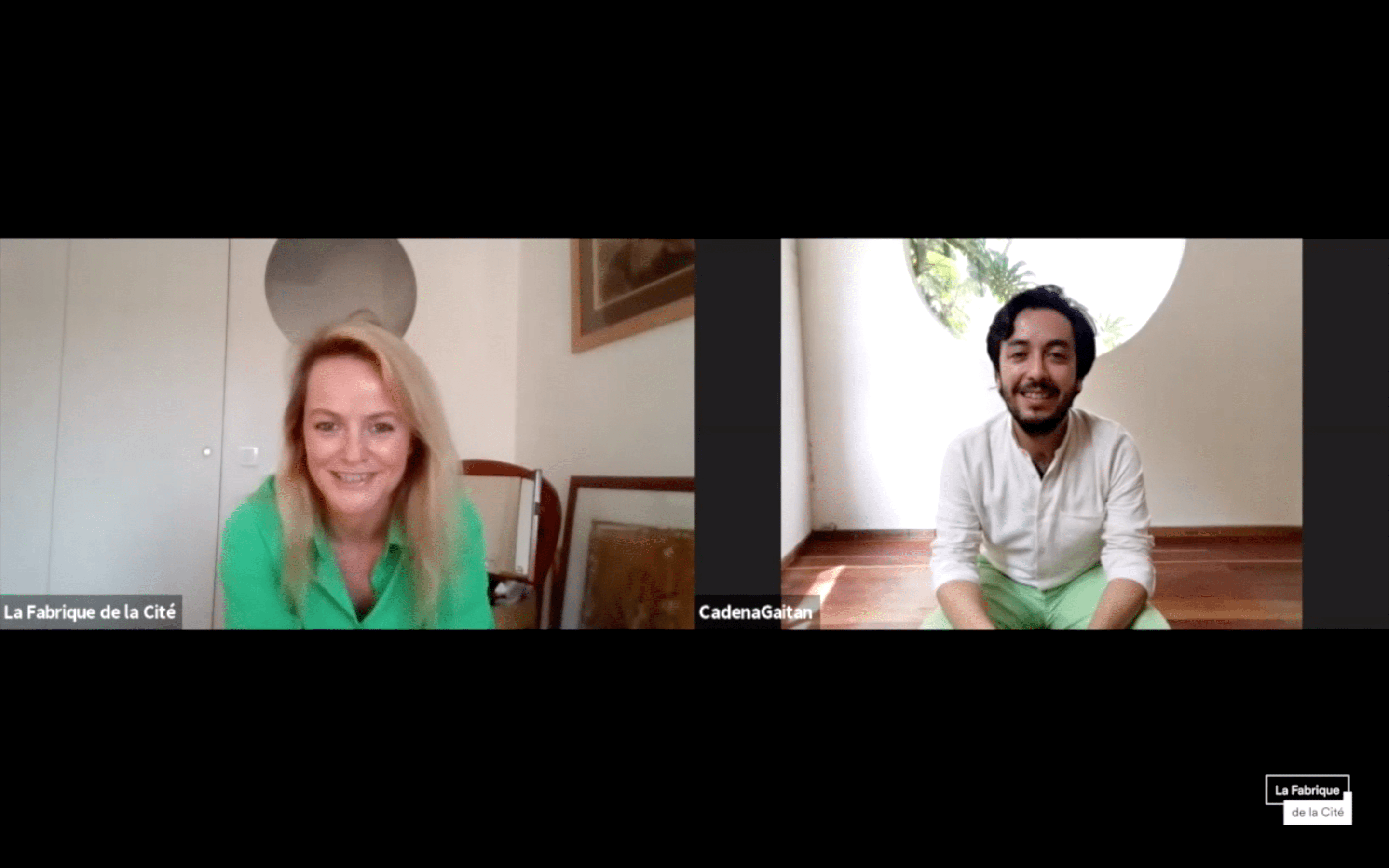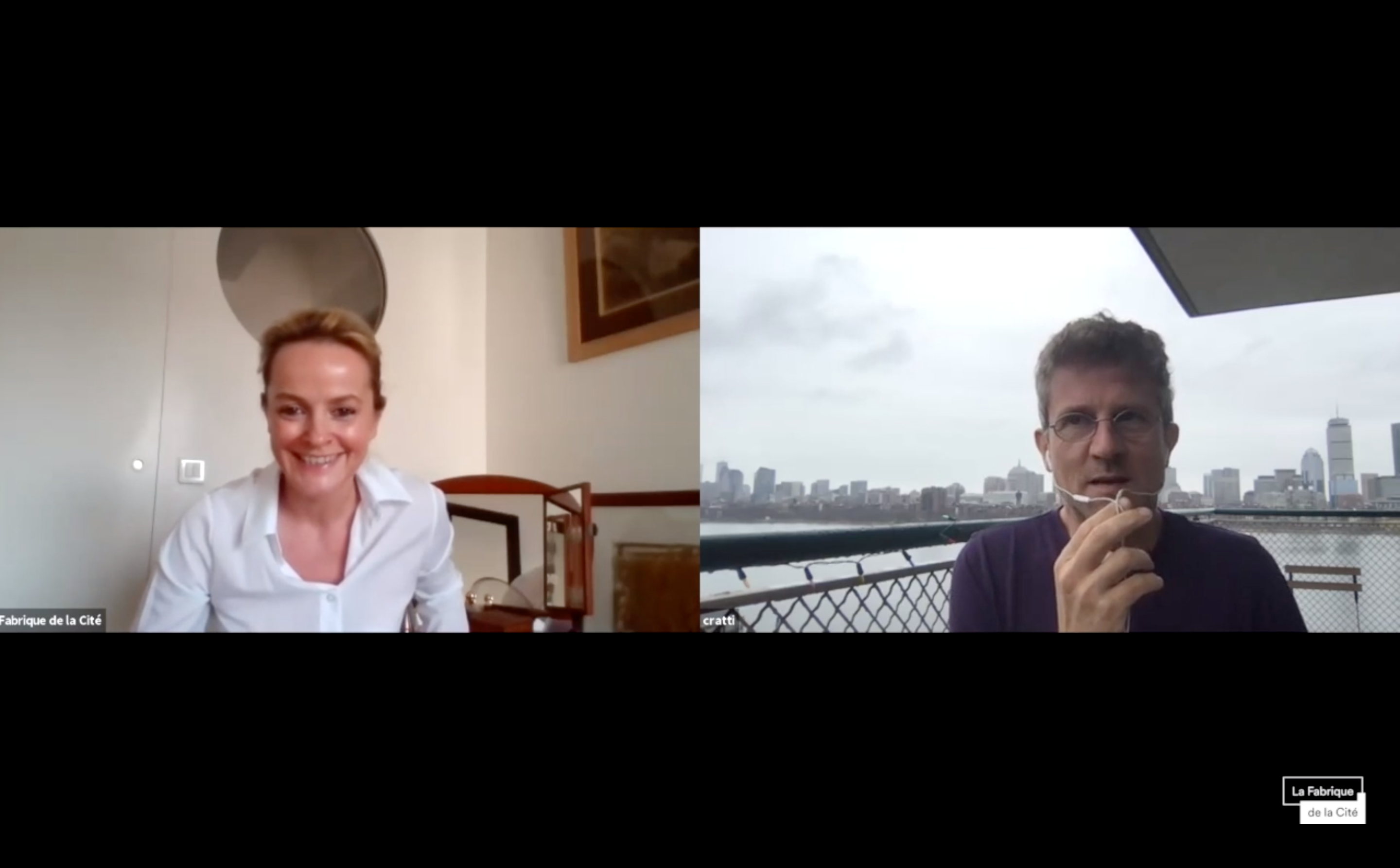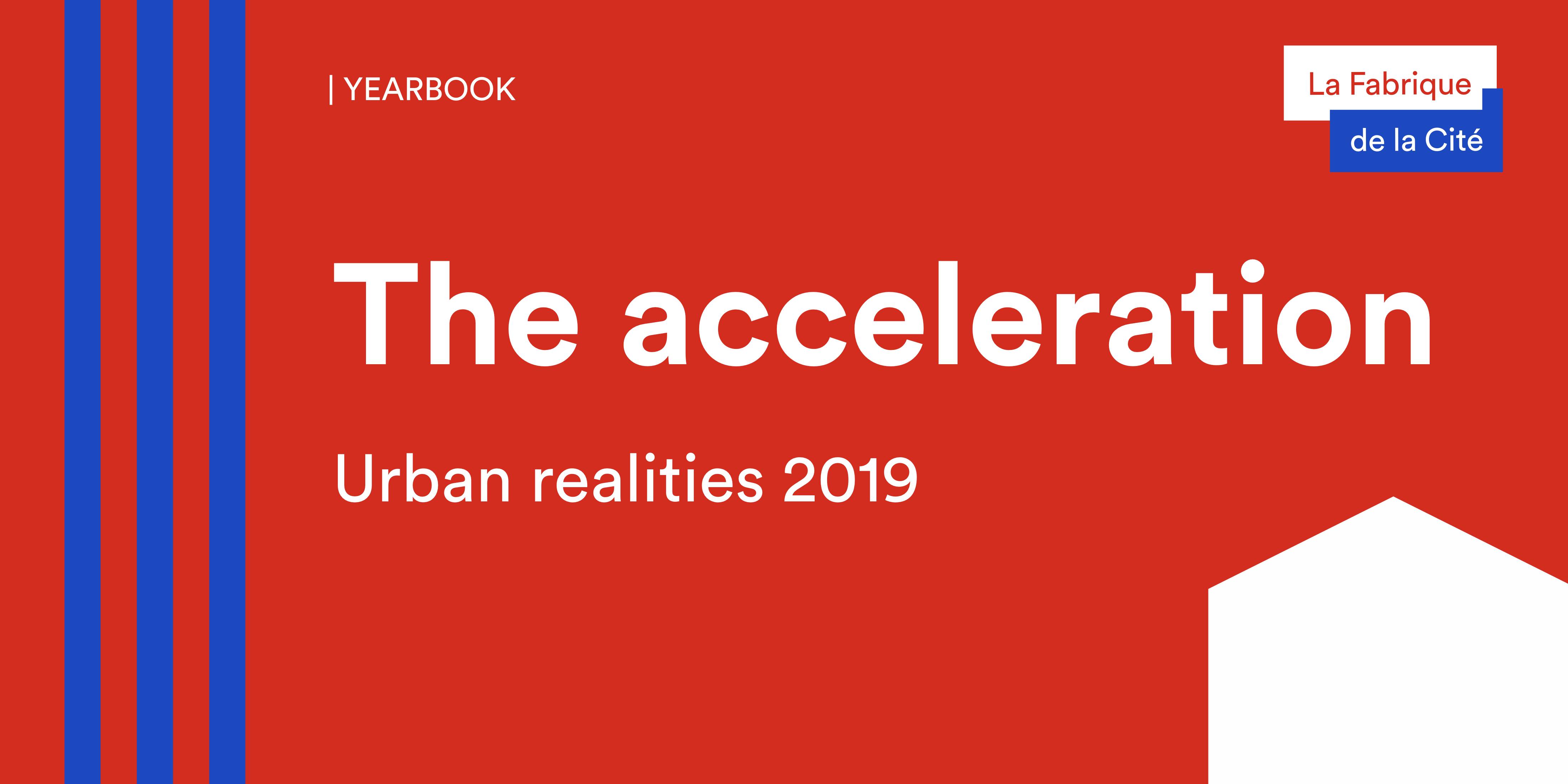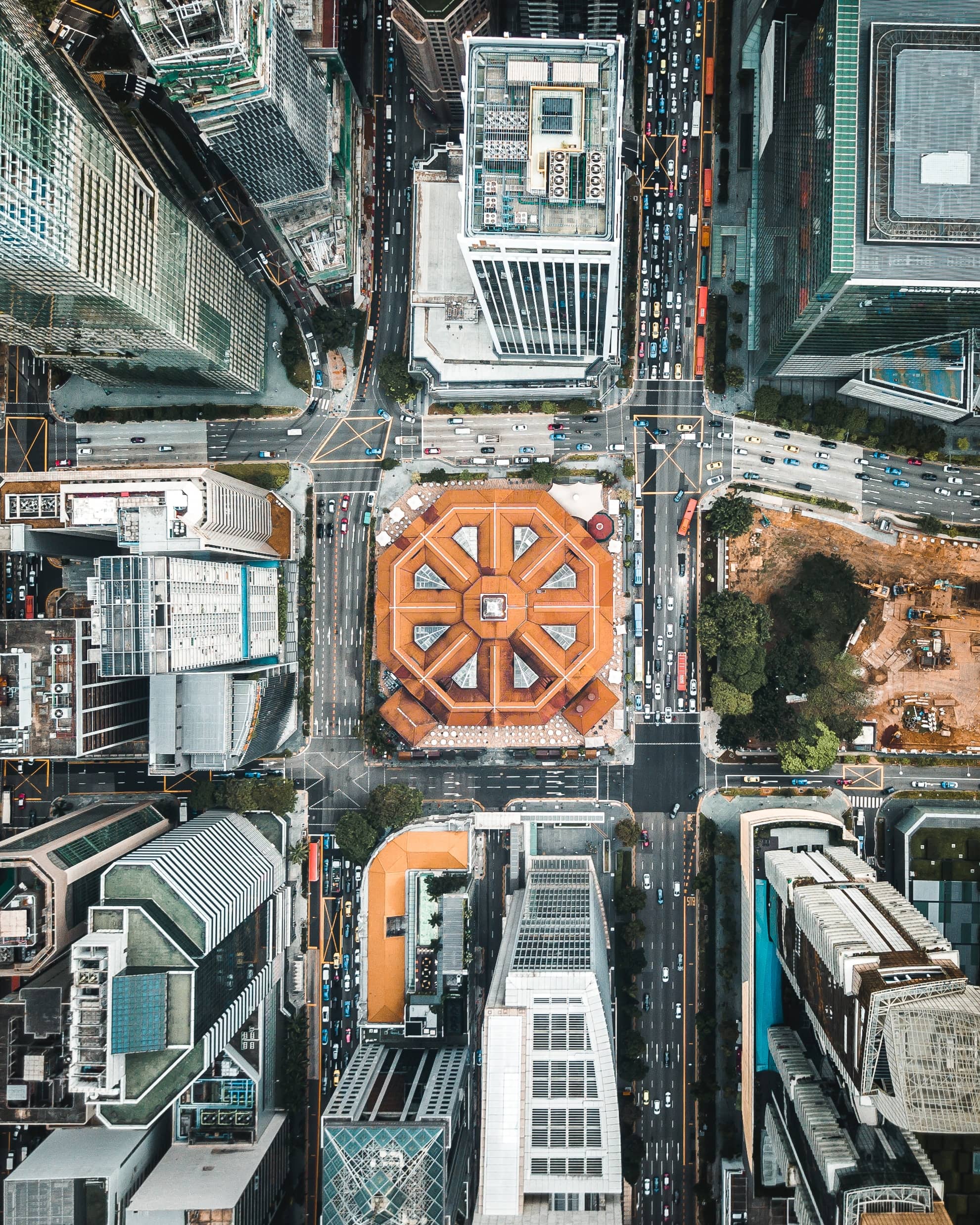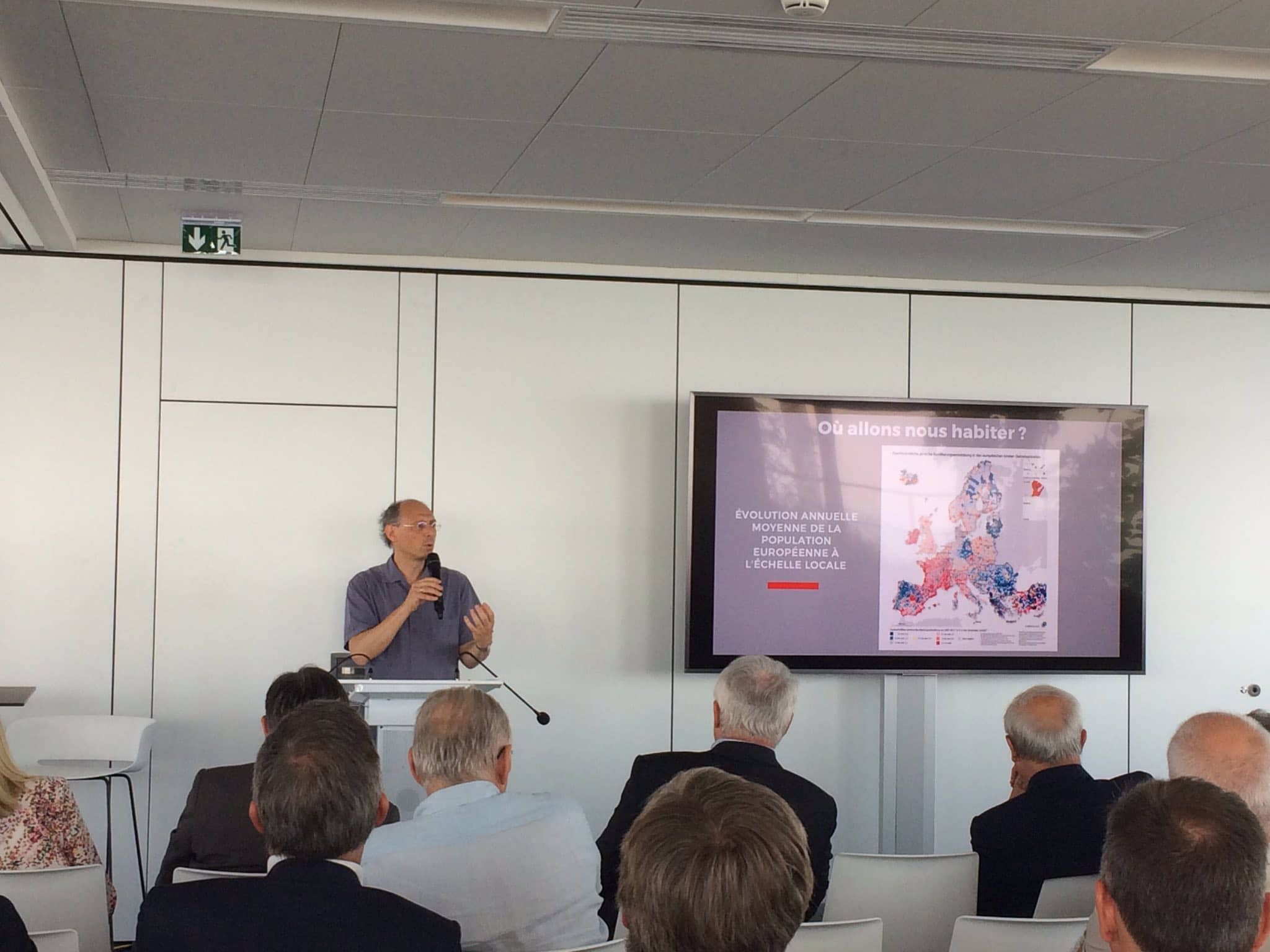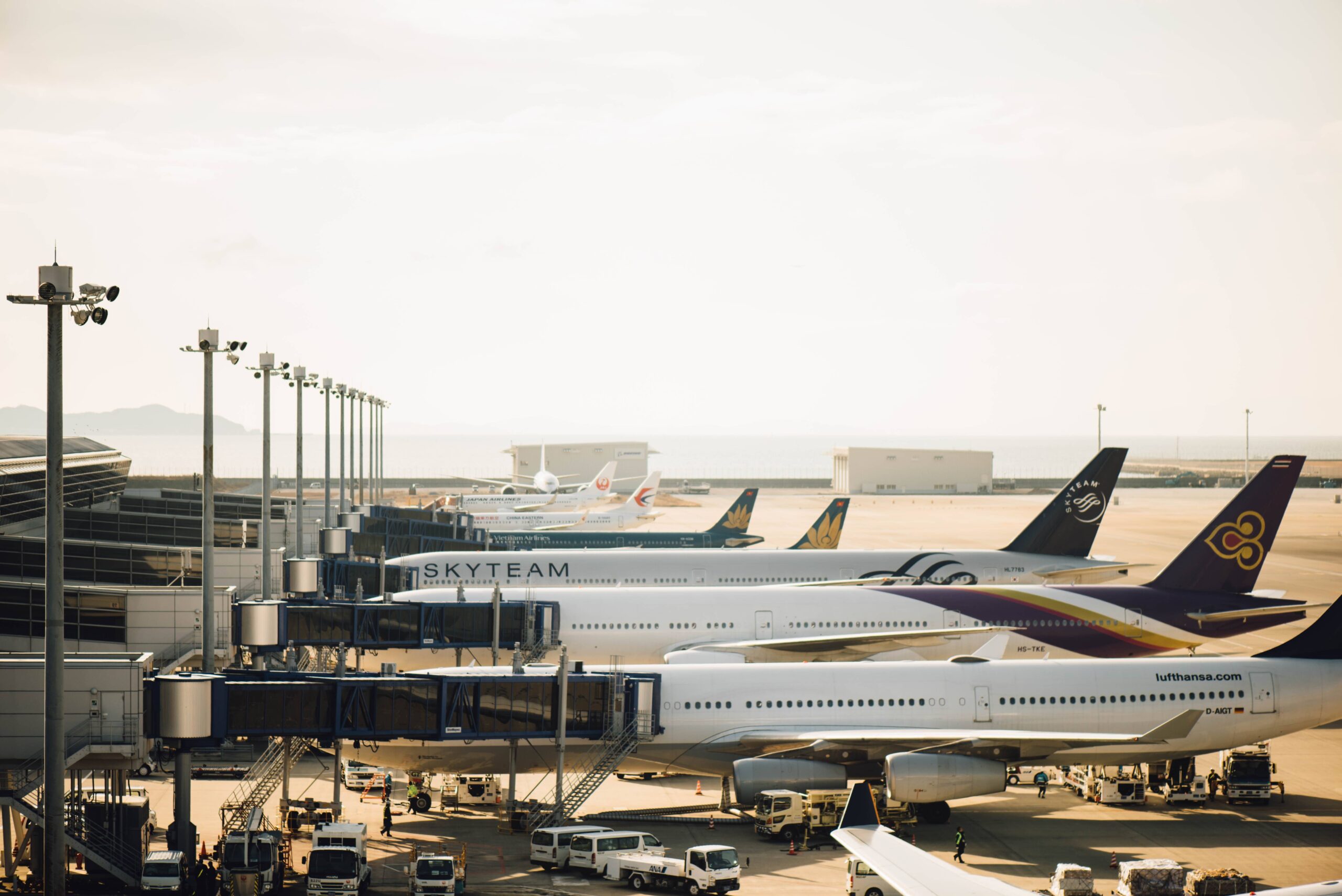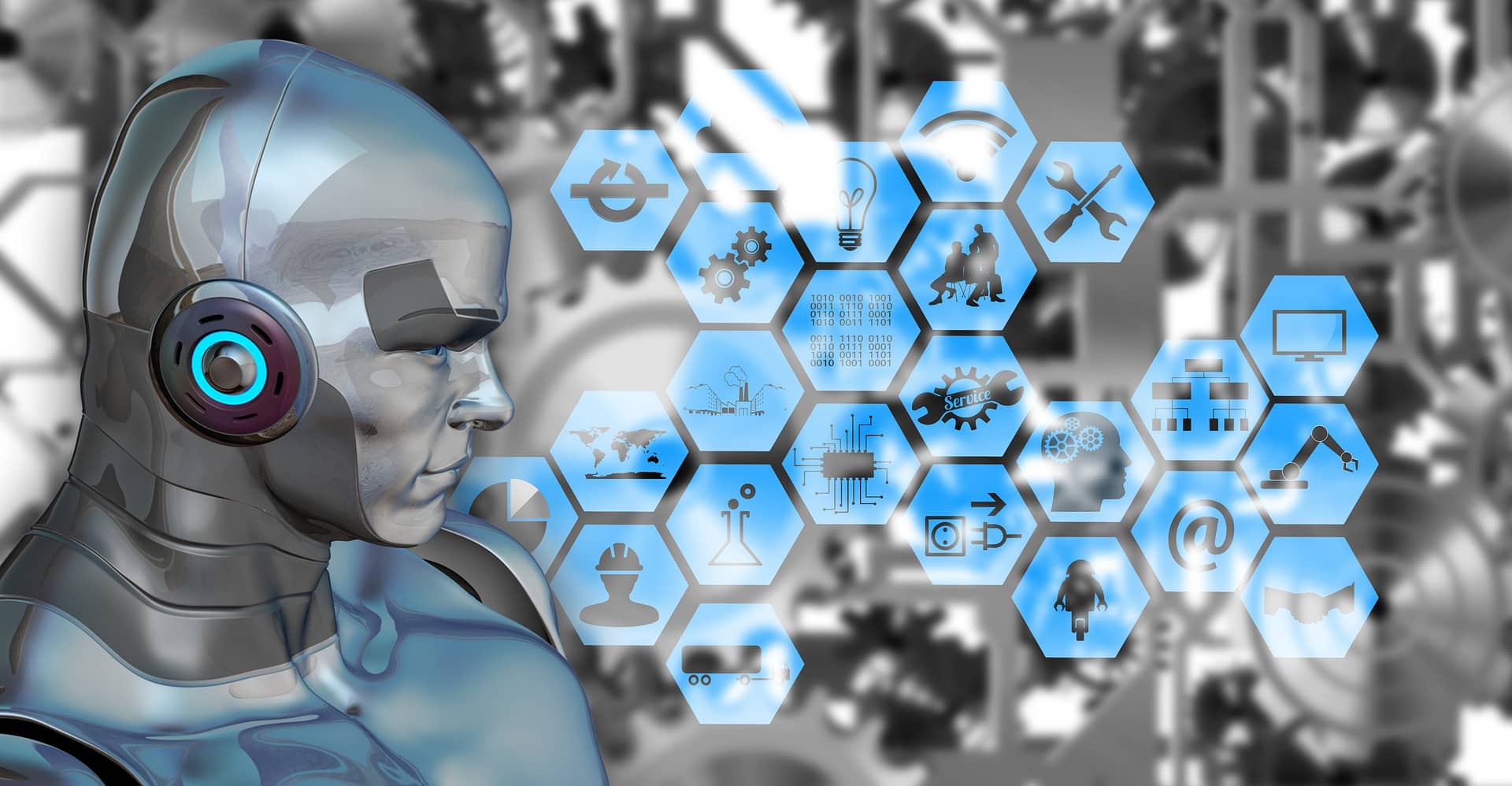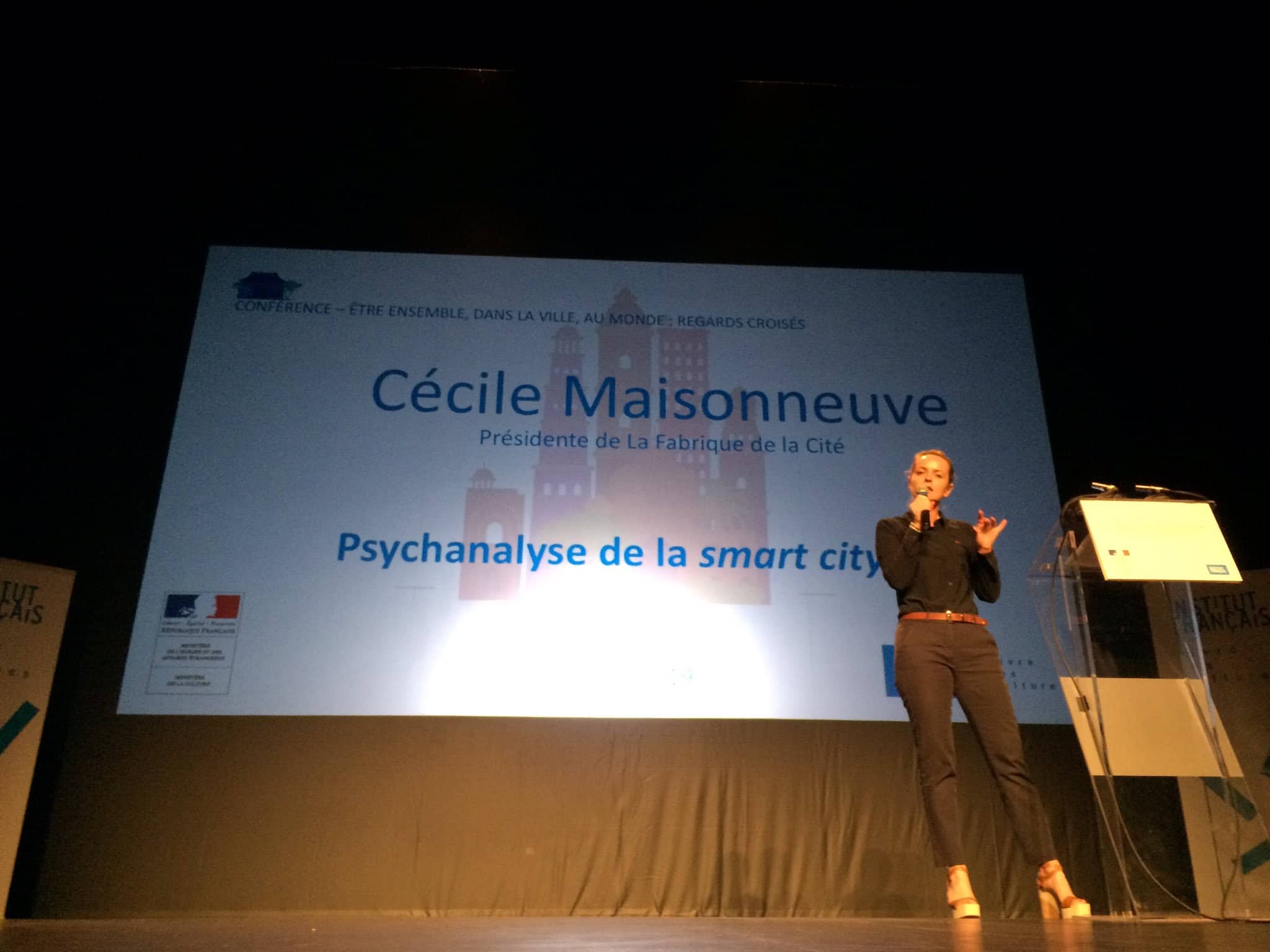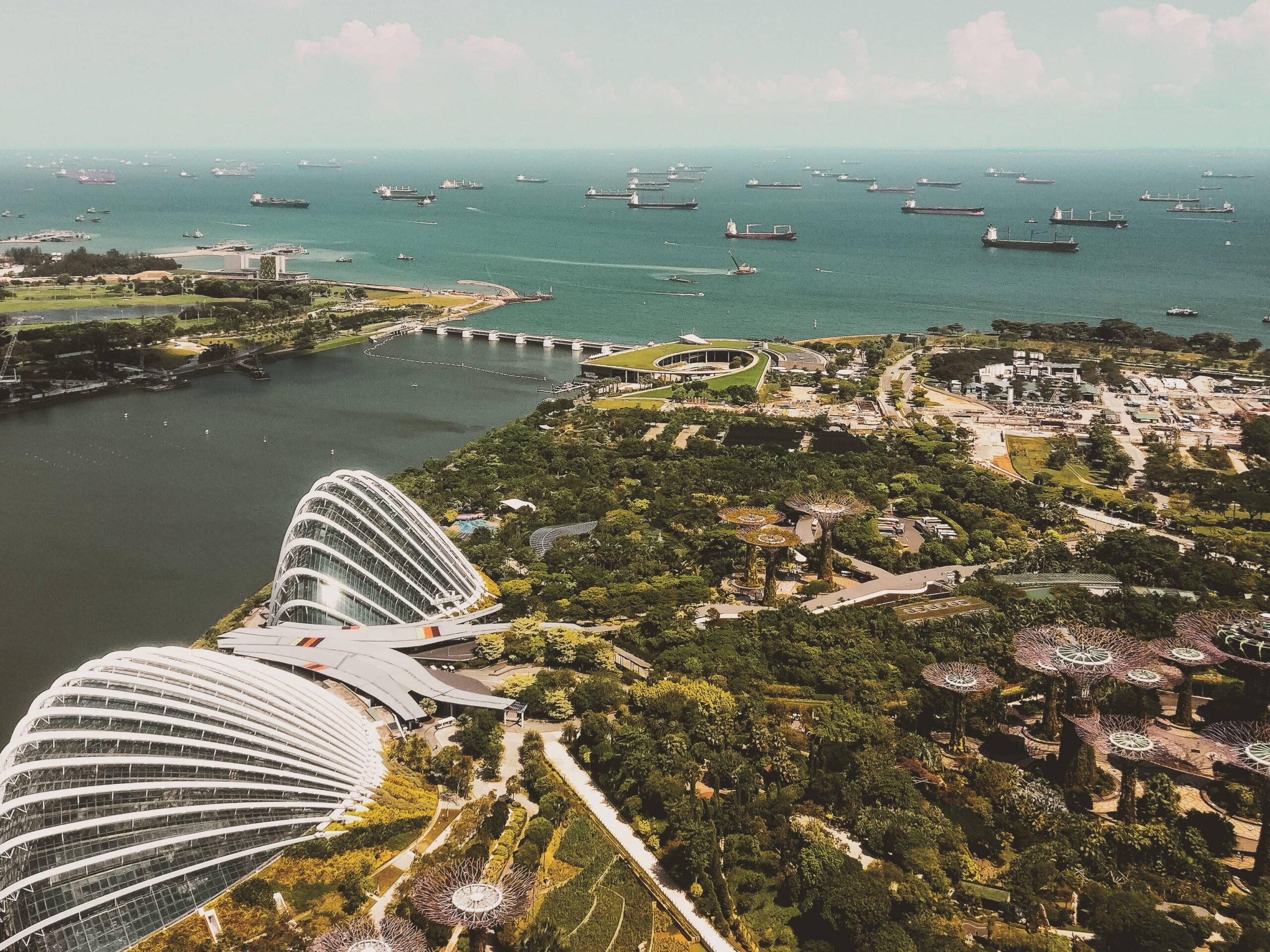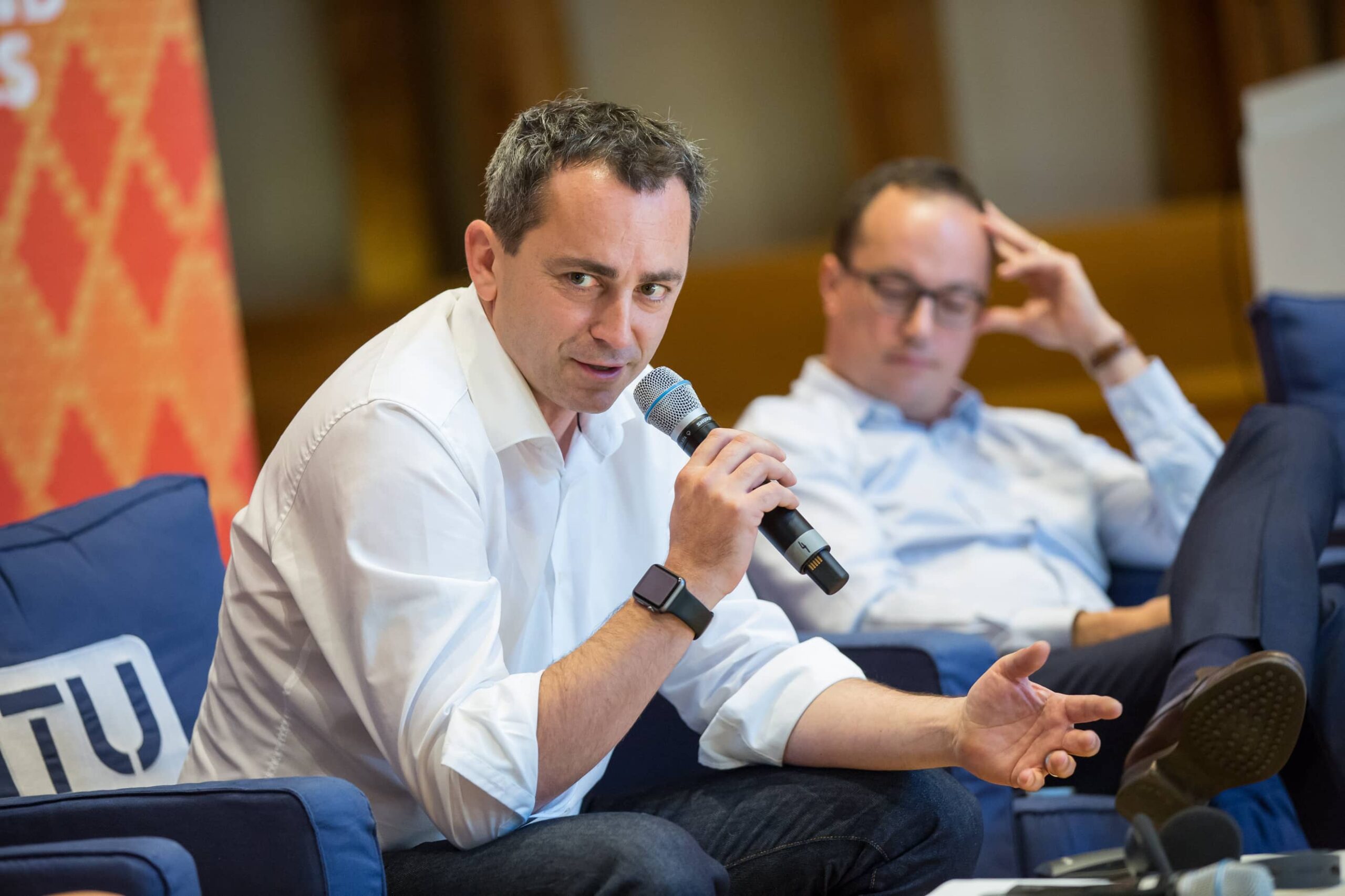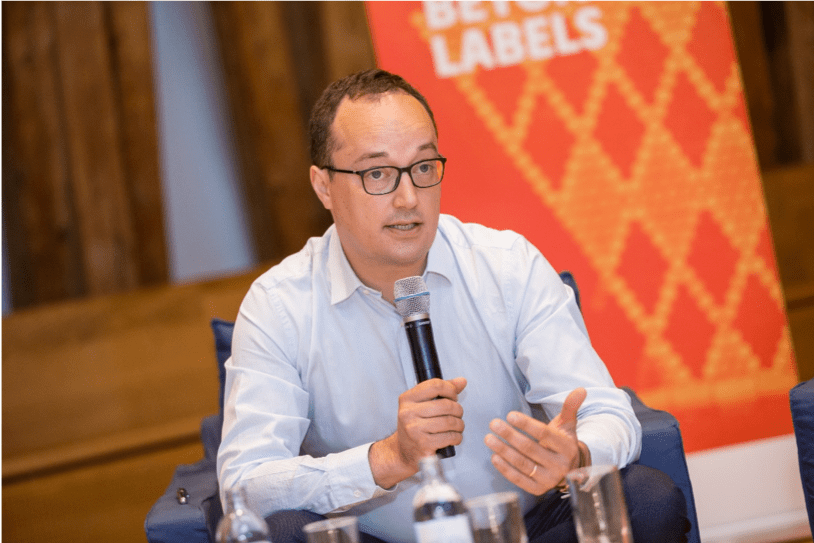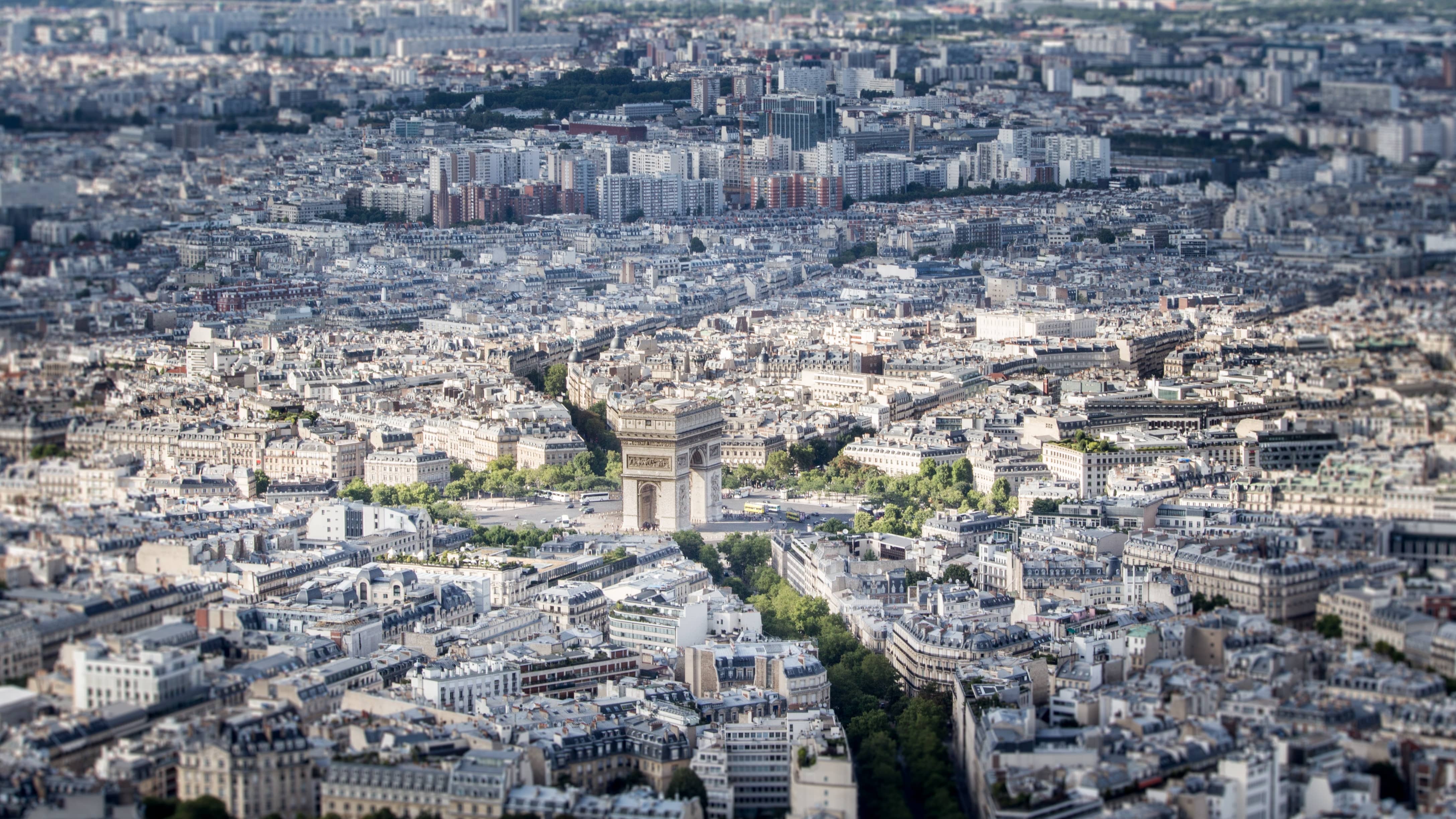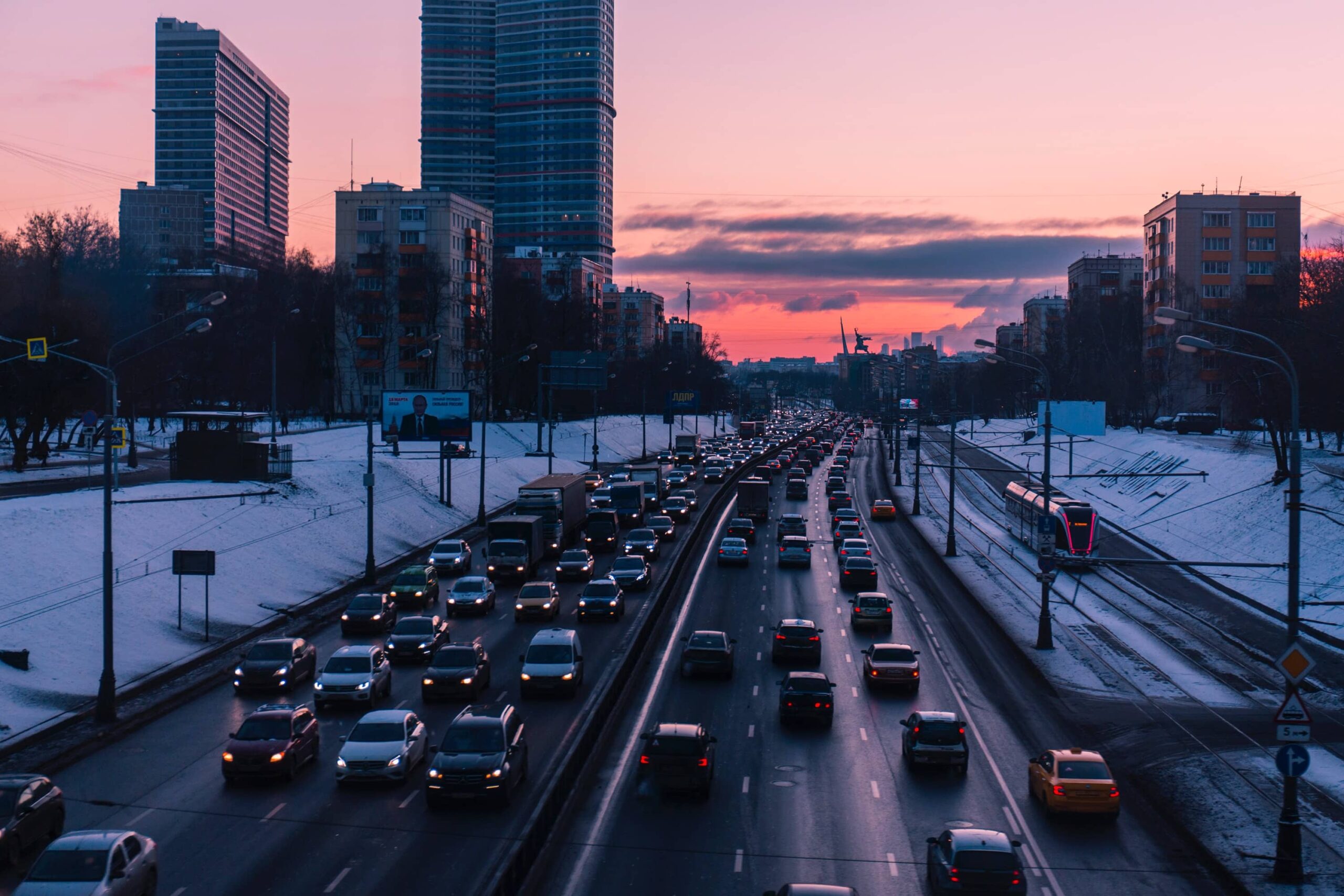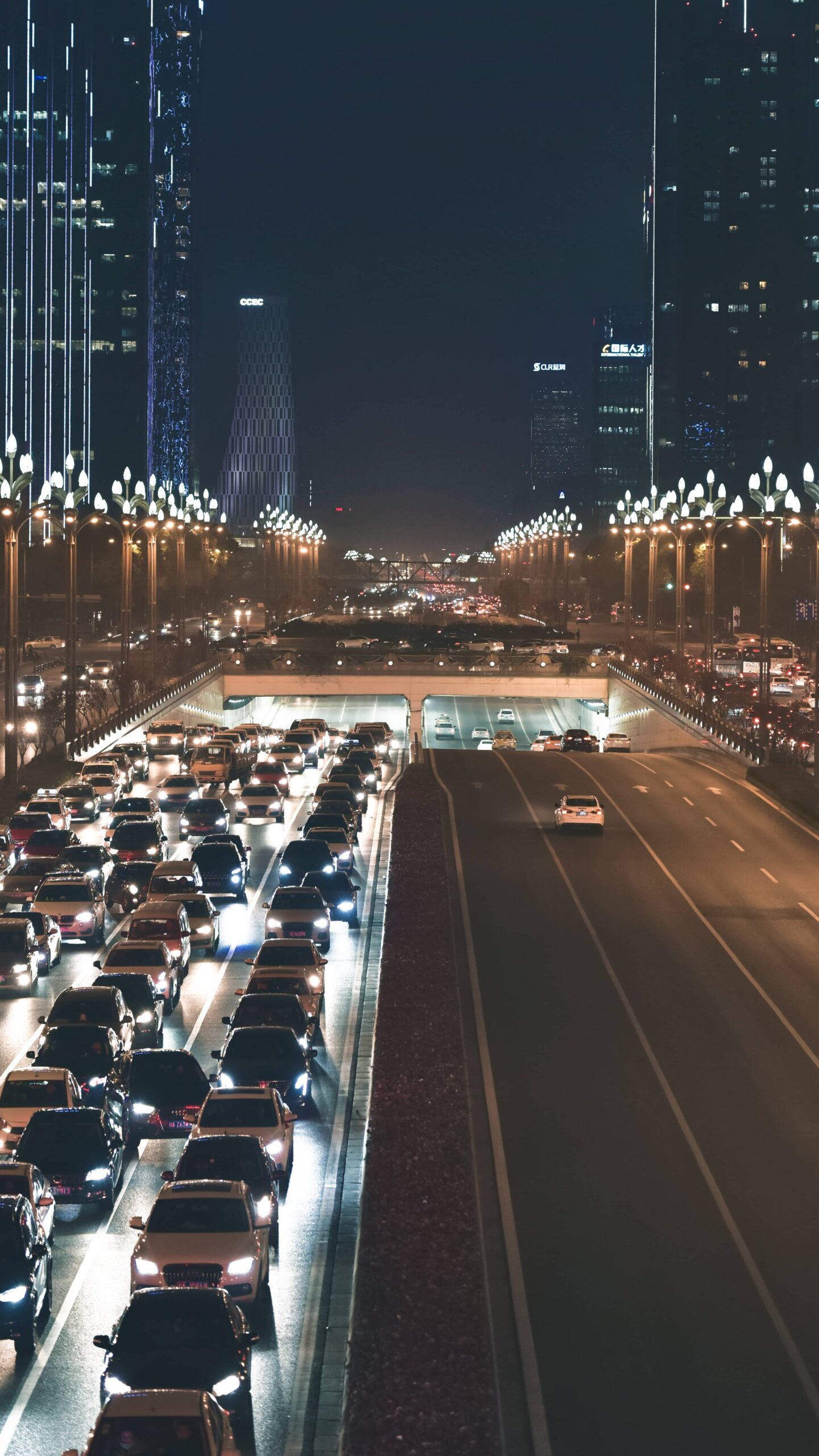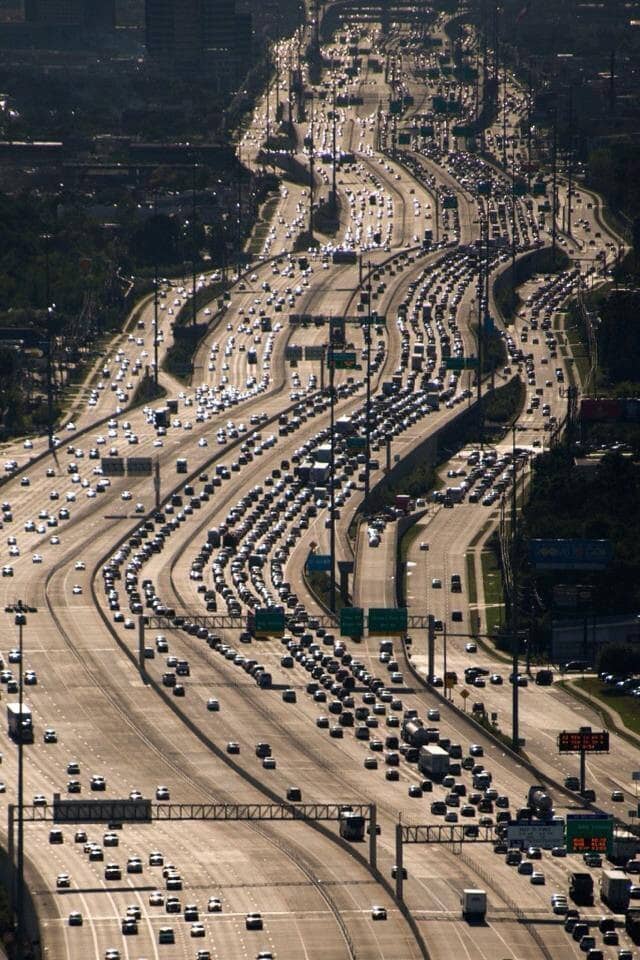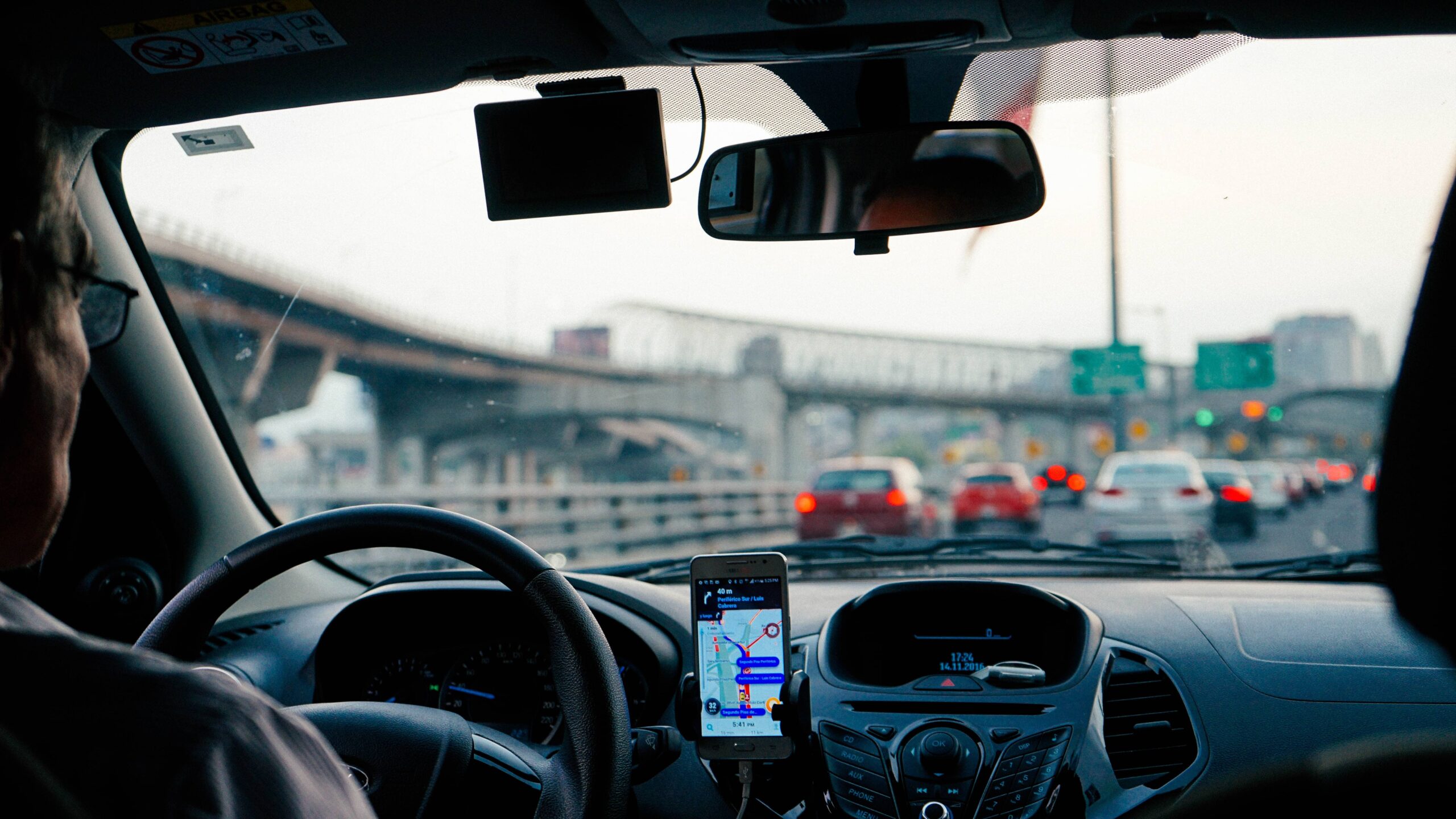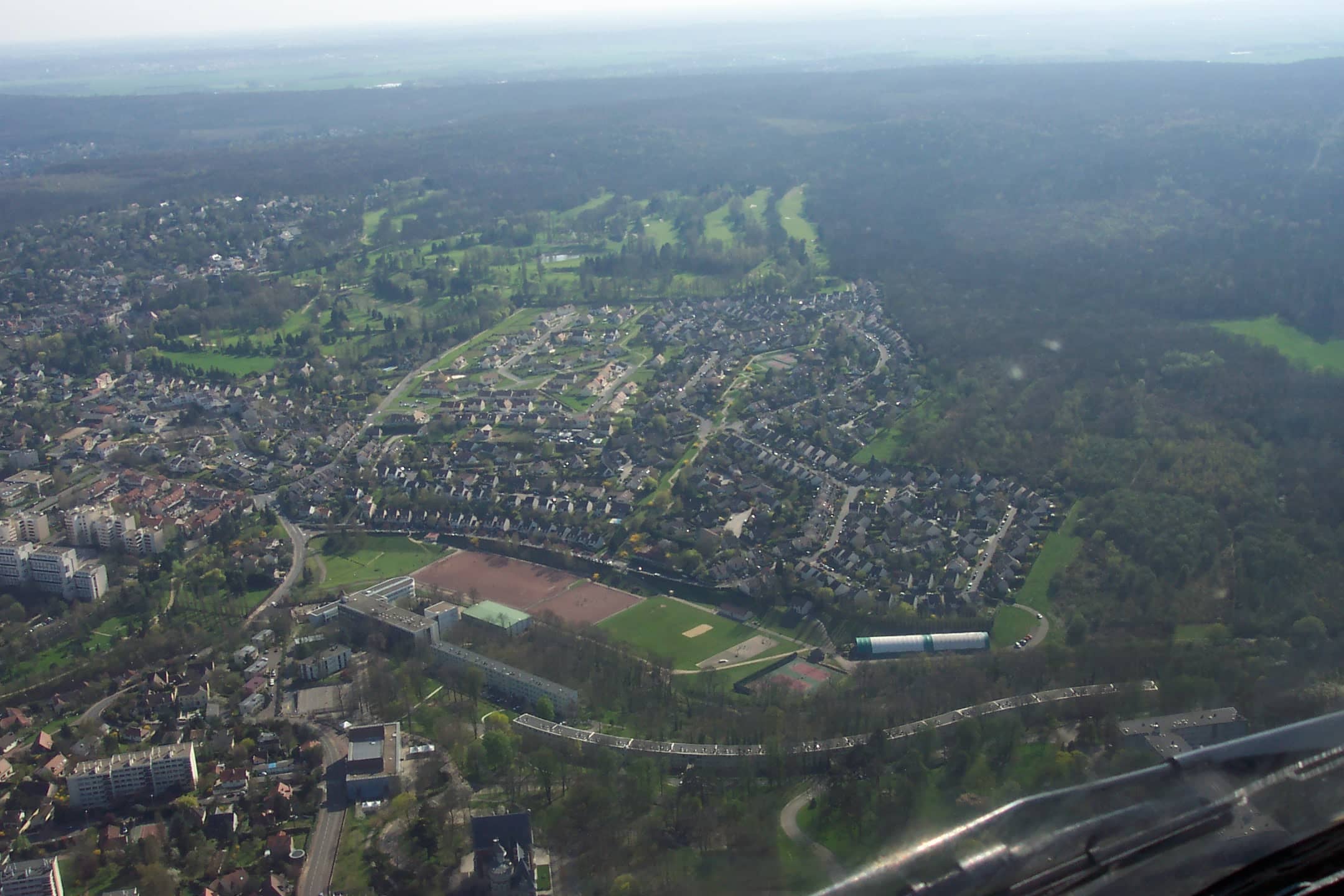

Still stuck in traffic, but at least connected!
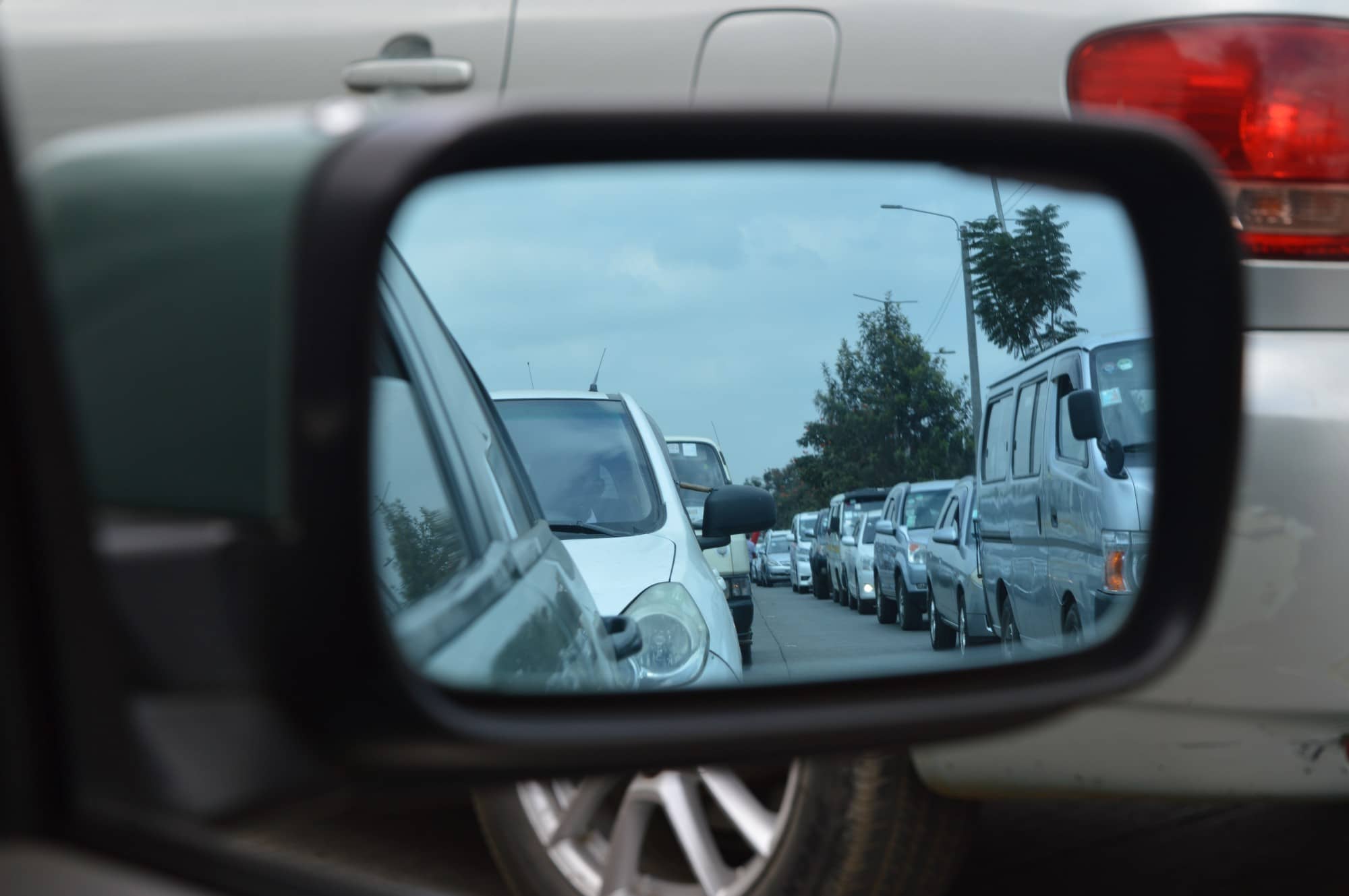

Facilitated mobility, simplified mobility, but locked mobility? Waze and others pledge to allow their users to “outsmart traffic” and to “make cities usable”.
The new players of urban mobility have raised the hope of finally being to provide a quick solution to urban congestion problems, adaptable to any urban context. This constant challenge to public action is a vector of negative externalities that extend well beyond time lost in traffic jams (90 hours a year for an inhabitant of the Greater Paris area in 2016): pollution, degraded quality of life, hindered economic development, … The strength of apps lies in their ability to aggregate and restore large amounts of data. They make traffic understandable, optimizable, and predictable, thus making citizens actors of their mobility thanks to this real time knowledge of traffic conditions. In April 2017, a BCG-Ipsos survey found that nearly 71% of Europeans were convinced that digital technologies would facilitate their daily commute.
Yet, despite the accumulation of knowledge on congestion and the development of digital services aimed at explaining, optimizing and predicting traffic, congestion still plagues our cities in 2017 and is even increasing steadily. Knowledge does not necessarily lead to a change in uses. Is it not the time to reinvest the physical world and to question the root causes of congestion?
In 2004, Anthony Downs published “Still Stuck in Traffic”, a reissue of a first book published in 1992, which analyses the origins of urban congestion and different modes of action to combat it. Downs explains that this struggle can rely on three main modes of action: the economy, by acting on the cost of access to an infrastructure; social time, in order to smooth traffic at peak times; and physical space, by developing the infrastructure network; all three of these modes are independent from new digital tools. However, is this reason enough to discard digital technologies like they are already outdated?
Tyler Cowen, author of “The Complacent Class” (2017), advocates for renewed public action: it is time to take concrete actions to respond to the issues facing our physical environment. Information alone cannot transform space. However, information is indispensable and rendered extremely powerful by digital technology, which allows a great number of people to understand the phenomenon of congestion. It is now cities’ turn to take advantage of the key asset that is data.
These purely technological answers must be replaced by direct action based on data, tackling the causes of congestion rather than its symptoms. Without this, in 2017, Anthony Downs may find himself writing: “Still stuck in traffic, but at least connected!”
This op-ed first appeared in Urban Snapshot (May 2017) by La Fabrique de la Cité.
These other publications may also be of interest to you:
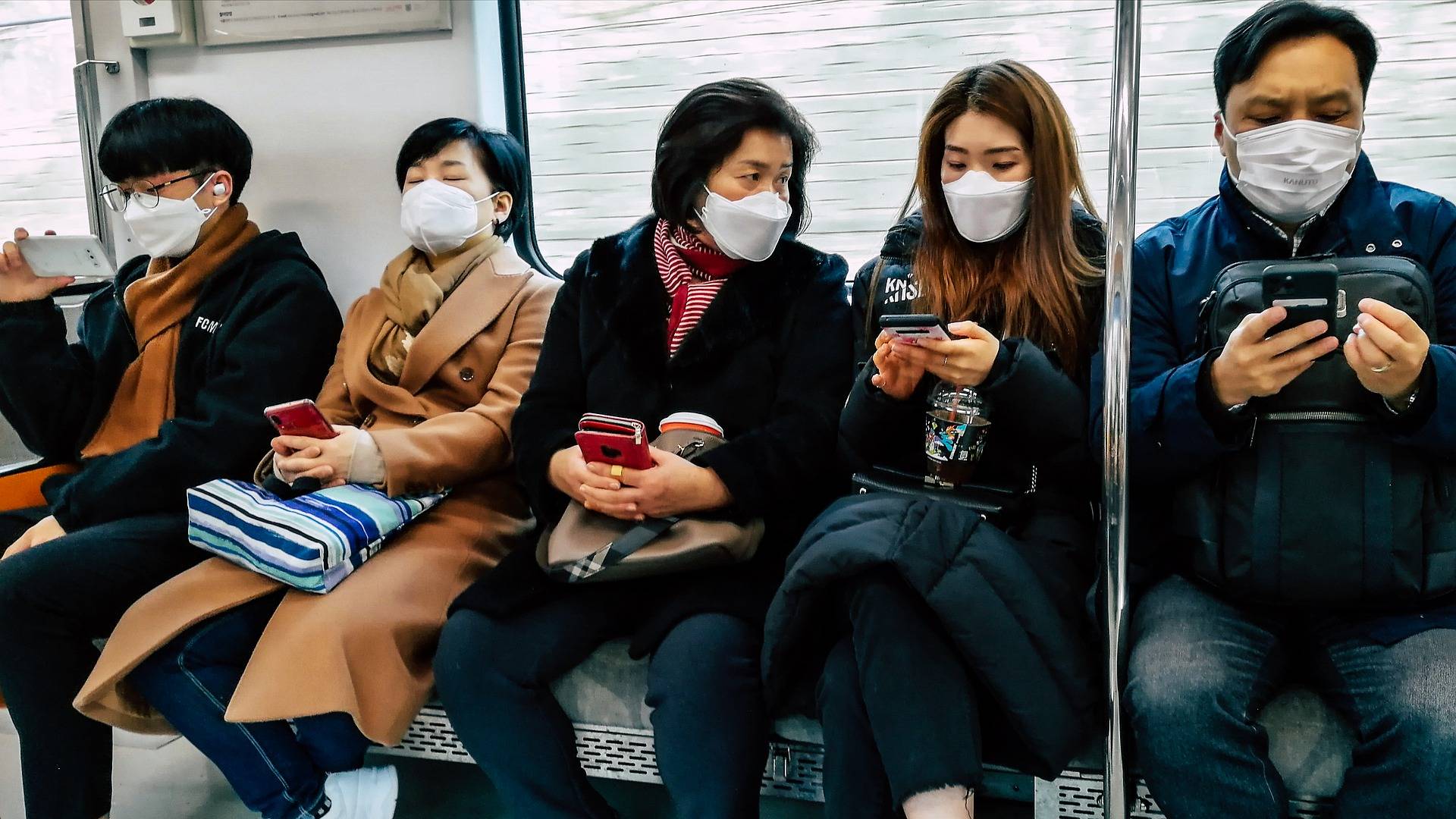
Sending out an SOS
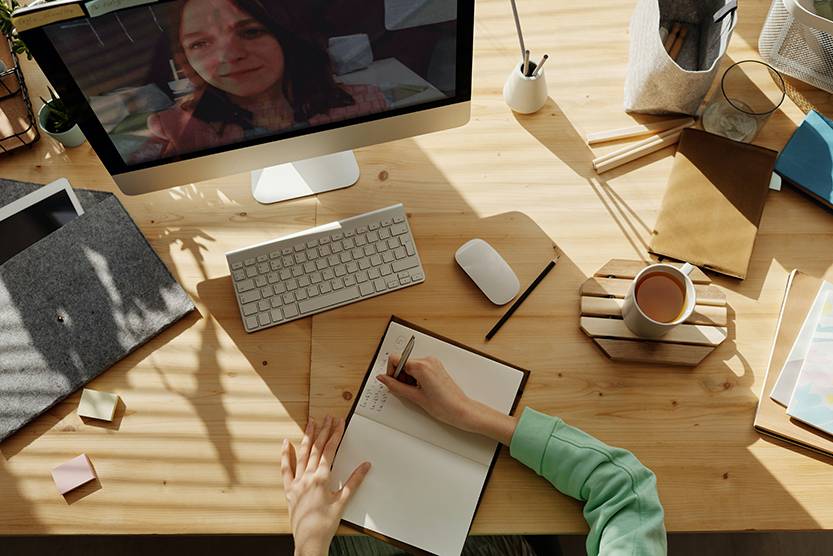
Behind the words: telecommuting
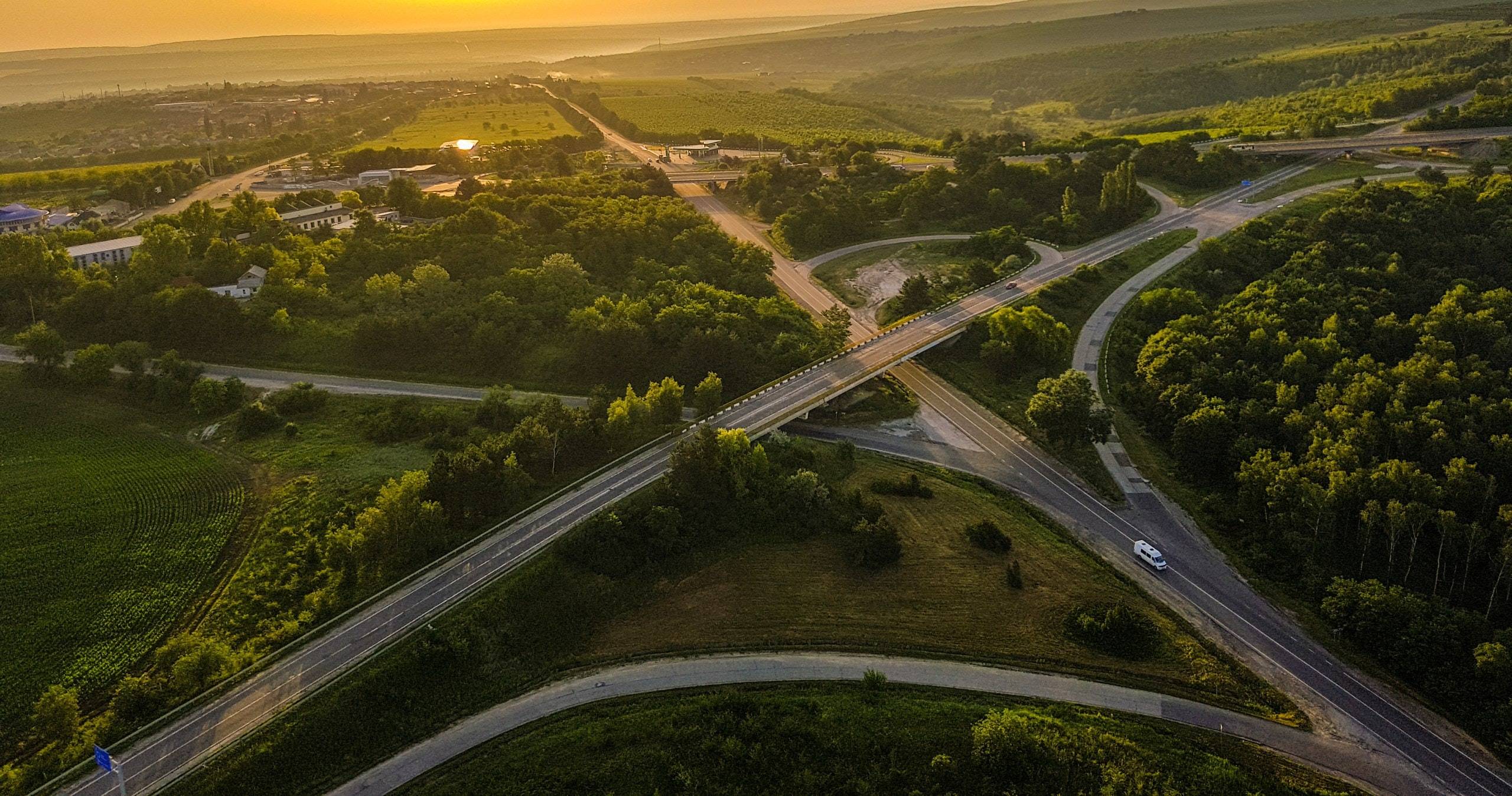
Behind the words: urban congestion
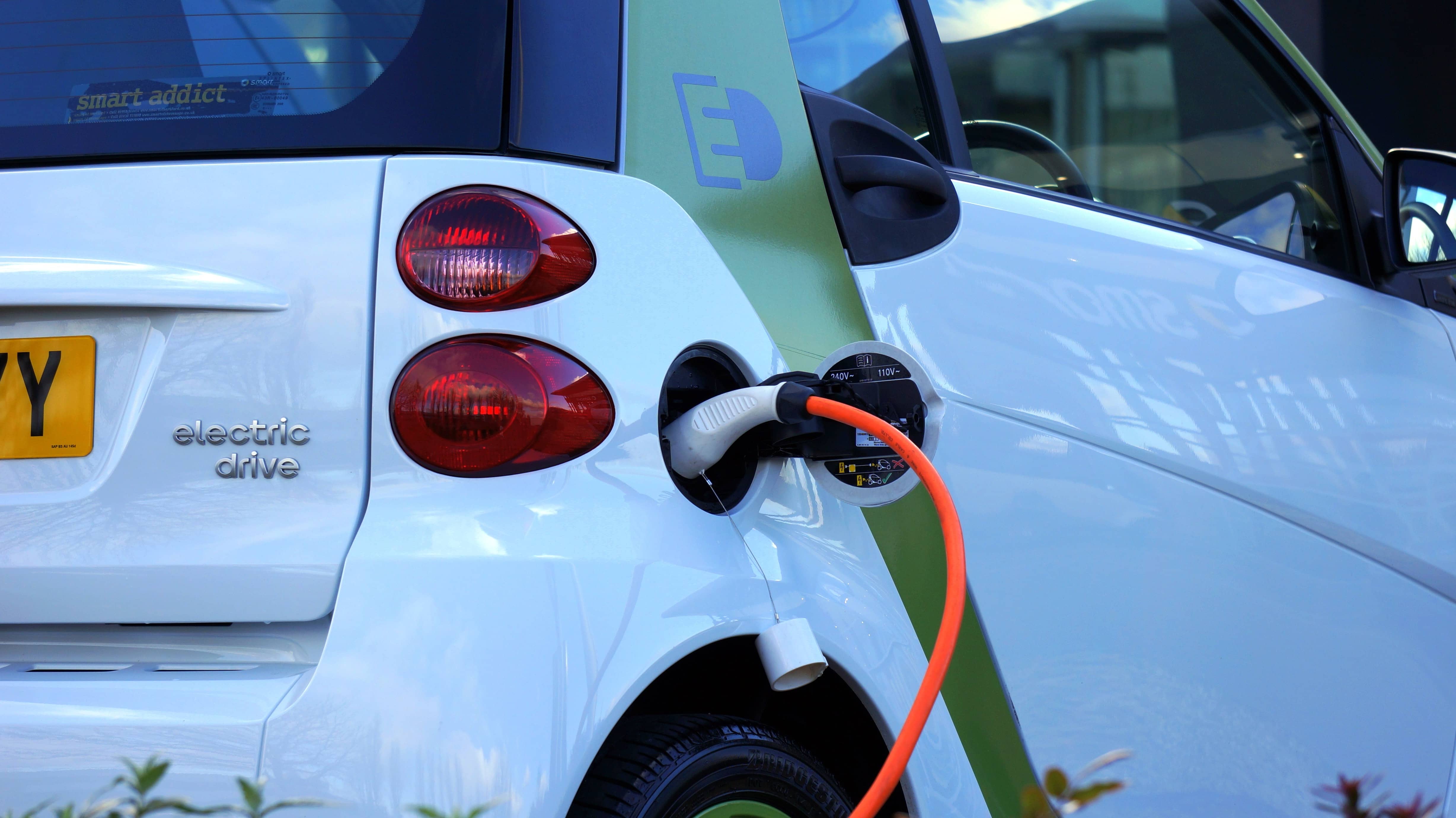
The political and technological challenges of future mobilities

Inventing the future of urban highways
“Dig, baby, dig”
La Fabrique de la Cité
La Fabrique de la Cité is a think tank dedicated to urban foresight, created by the VINCI group, its sponsor, in 2010. La Fabrique de la Cité acts as a forum where urban stakeholders, whether French or international, collaborate to bring forth new ways of building and rebuilding cities.














